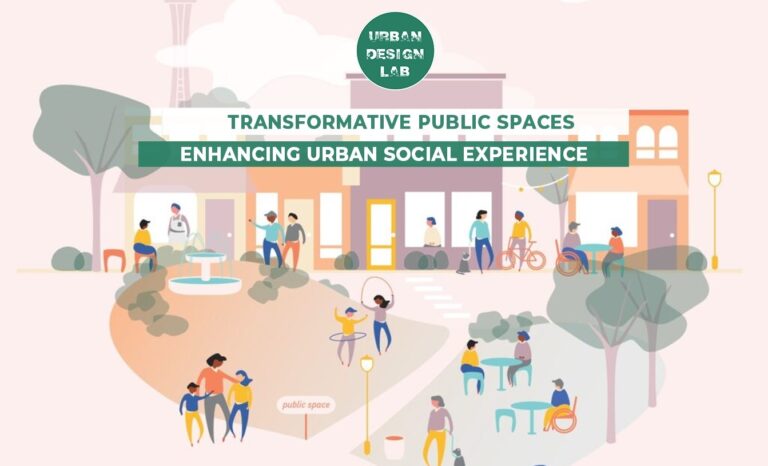
Integrating Multi Objective AI and Blockchain for Climate Resilient Urban Futures
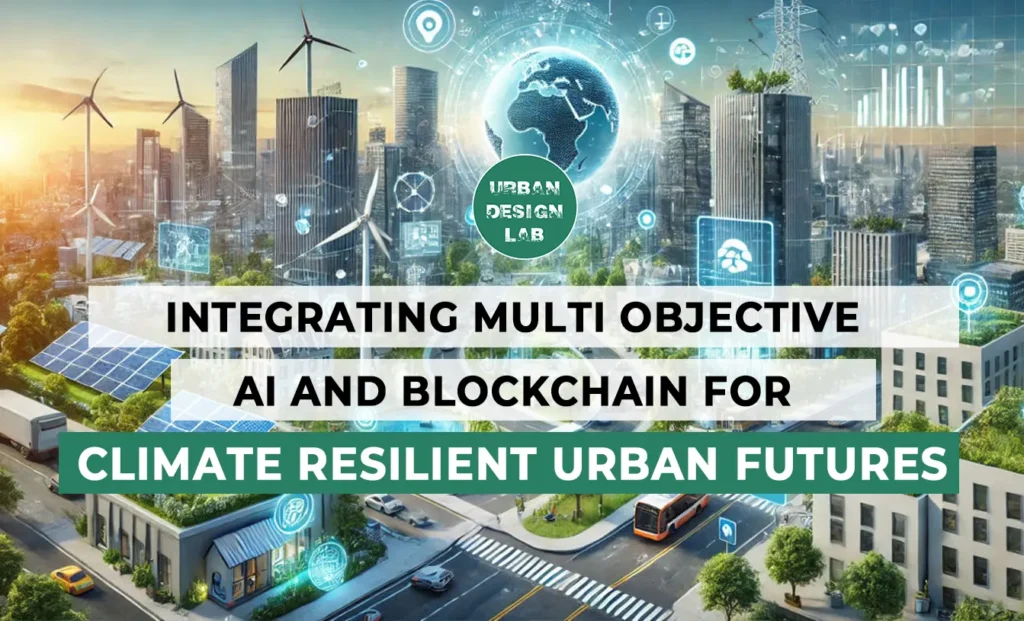
The article aims to understand the major parameters for the integration of AI and Blockchain. It explores the depths of finding climate risks such as heatwaves, flooding, and water scarcity through innovative solutions. Multi objective AI is used as an essential tool for modeling, predicting and optimizing urban responses for climate risks. Blockchain majorly functions on the principle of data authenticity, transparency and decentralized decision-making, mitigating risks of data manipulation and fostering stakeholder trust. The practical application of these visualization tools in cities like Singapore and Barcelona prove to be beneficial for flood management, resource optimization and decentralization of energy systems. This technological integration is a reliable resource for urban climate prediction due to its core concept of transparency and accountability. Policy recommendations emphasize pilot projects, cross-sector collaboration, capacity building, and participatory governance for inclusive and sustainable urban climate adaptation.
Introduction: The Imperative for Climate-Resilient Urban Futures
Urban environment is at climate risk. Rapid urbanization, which is currently leading to heatwaves, flooding and water scarcity highlights the vulnerable condition of cities (IPCC,2022). The interdependent character of climate threats raise concern towards a specific pattern of concentration observed. Concentration of infrastructure, economies and population which showcase the failed policy paradigms and urban planning strategies (Bulkeley et al., 2020). Considering the fragmented and persistent inequality, the cities need a new technology driven approach that can predict, reduce and adjust to different climatic threats.
The advancements and transformative potential of AI and blockchain can offer predictive analytics plus transparency and decentralized governance respectively. A tool for reimaging urban resilience by addressing complex urban challenges (Bulkeley et al., 2020). Thus, city planners and policymakers need to make a sensible utilization of technology to guarantee that the resilience building process is inclusive, transparent and sustainable. This research paper is an investigation of the synergistic overlap of blockchain and multi-objective AI. It aims to designs a roadmap for mainstreaming these innovations for climate-resilient urban futures.
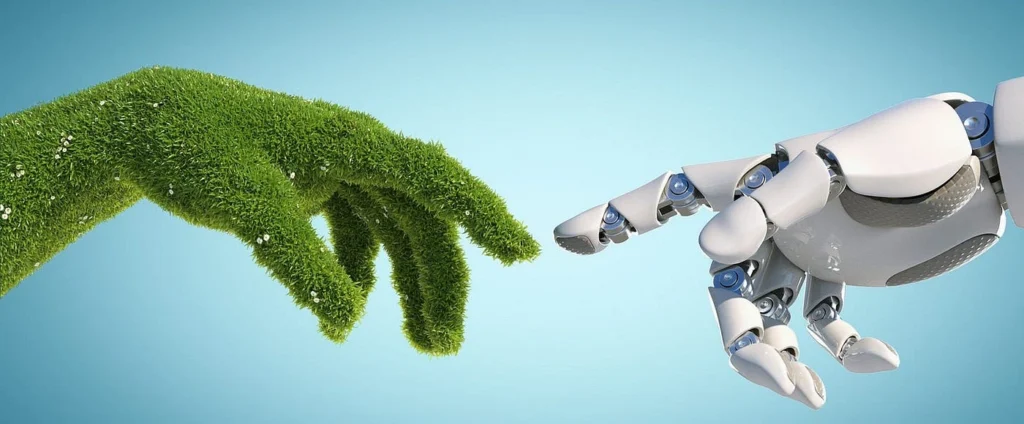
Multi Objective AI: Framework for Urban Climate Adaptation
The complex urban systems need a balance in the competing priorities such as equity, efficiency and sustainability. This necessitates the need for multi objective AI framework, that offers effective tools for modeling, predicting and optimizing urban responses during climatic risks. Multi objective AI framework covers a diverse range of issues including: minimizing greenhouse gas emission, maximizing social equity and optimizing resource allocation.
AI can be used to predicted flood prone zones, optimize evacuation routes and assess effectiveness of green infrastructure. This is particularly known as predictive modelling which acts as a central approach to leverage large scale datasets. It uses sensors, satellites and citizen generated sources to forecast climate impacts and give relevant solutions for intervention.
Crucially, multi objective AI provides framework for adaptive urban governance by facilitating users with real time insights and relevant policy adjustments. However, AI offers offer promising solutions for adapting cities to climate change, the implementation process might become a challenge. The optimization in urban planning processes through AI, can help cities to direct through tension between growth, sustainability and social justice. Thus, the effectiveness of AI driven urban climate adaptation is correlated to the integration of technologies such as blockchain.
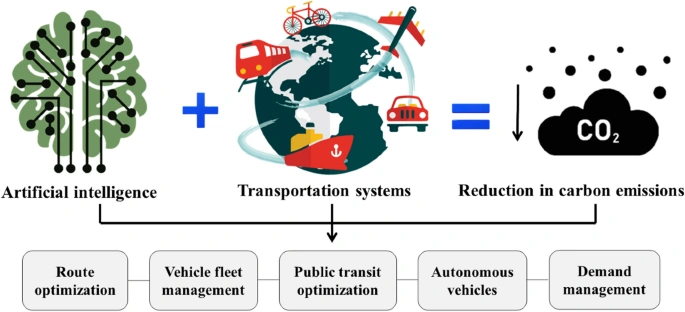
Source: Website Link
Synergistic Integration: How AI and Blockchain Converge for Urban Resilience
The integration of AI and Blockchain for urban resilience represent the shift in pursuit of climate resilient future. This integration enables capabilities that no other technology can achieve independently. It stands on the core idea of data provenance which ensures authenticity, traceability and integrity of data. To enhance the reliability on AI models for climate adaptation, blockchain’s immutable ledger records the origin and lifestyle of urban data which acts as a secured foundation. Blockchain serves the benefit of transparency and audibility by recording risks associated with data manipulation, bias or unauthorized access.
For example, verified data sensor can be used to predict urban flood, while blockchain ensures that the data inputs are authentic and unaltered.
AI – Blockchain integration faces a critical challenge in system interoperability which compromises diverse data sources, platforms and stakeholders. AI algorithms can analyze and optimize resource flow, risk responses and stakeholder reactions whereas, blockchain facilitates seamless data exchange and coordination across systems. This synergistic integration is thus important to build urban future that is resilient, equitable and trustworthy when faced with climatic challenges.
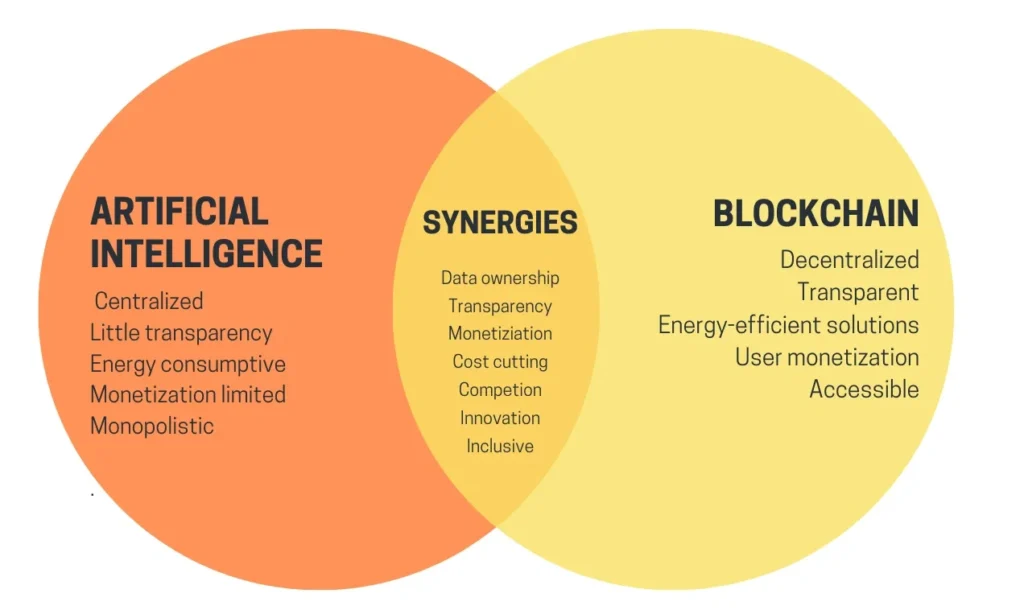
Case Studies: Real-World Applications in Climate-Resilient Cities
The practical integration of AI and blockchain for urban climate adaptation is exemplified through initiatives that are led by evolving cities such as Singapore and Barcelona. They illustrate a framework for implementing theoretical ideation into tangible outcomes.
Singapore’s case demonstrates the power of AI driven predictive modeling for climate resilience by the use of digital twins. Integrating real time data from sensors and other devices to enable a scenario which plans for flood management, heat mitigation and infrastructure optimization. The blockchain technology is used to ensure transparent collaboration and traceability of data input amongst government agencies, private sector partners and citizens.
Barcelona masters in decentralized resource management by using blockchain based energy systems. Residents generate, consume and trade renewable energy transparently and efficiently. This is brought into action by AI powered systems that optimize algorithms and blockchain enabled peer – to – peer energy trading platforms.
These case studies highlight the importance of integrating multi objective AI and blockchain technologies in urban climate adaptation to achieve specific solutions, stakeholder collaboration and iterative learning.
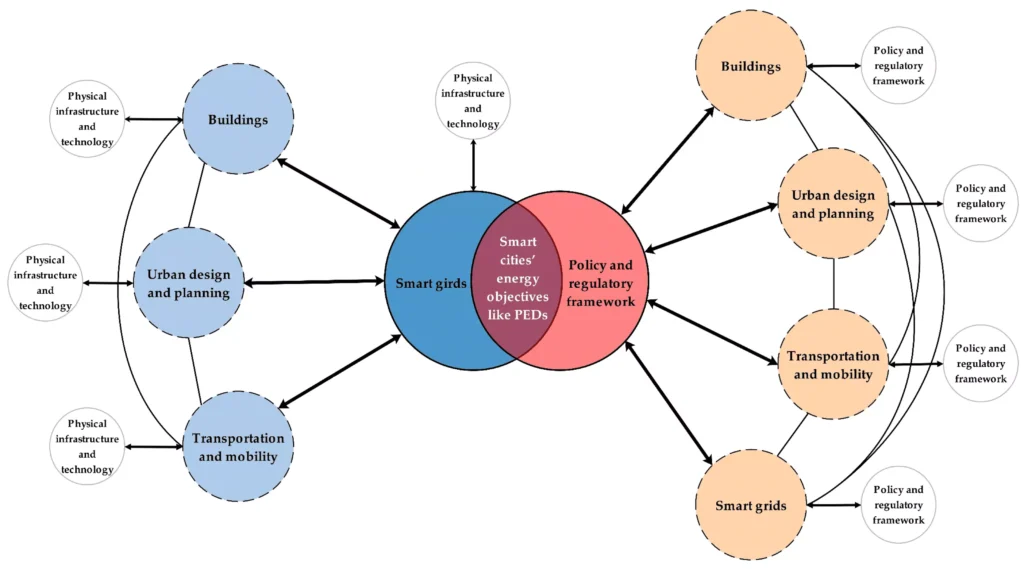
Digital Twins and Predictive Urban Modeling
Digital Twins and Predictive urban modelling act as a powerful tool for urban designers to visualize the impact of climate hazards, test adaptation strategies and optimize resource allocation. They represent an advanced application of AI and Blockchain in urban climate resilience by offering data driven stimulations of city systems for planning and risk assessment.
The integrated technology model supports proactive decision making by identifying vulnerabilities, forecasting risks and evaluating effectiveness of adaptation. In the digital twin platforms, the AI algorithm play a crucial role in processing a vast stream of sensor data that generate predictive models of urban phenomenon. This enhances stakeholder engagement by translating complex data into accessible format for the public.
Blockchain technology complements digital twins by ensuring the integrity, transparency, and security of data inputs and simulation results. To create a robust platform for predictive urban modeling, empowering cities towards climate risks and fostering inclusivity, the integration of digital twins, AI and blockchain plays an important role. This approach proves effectiveness of urban climate adaptation.
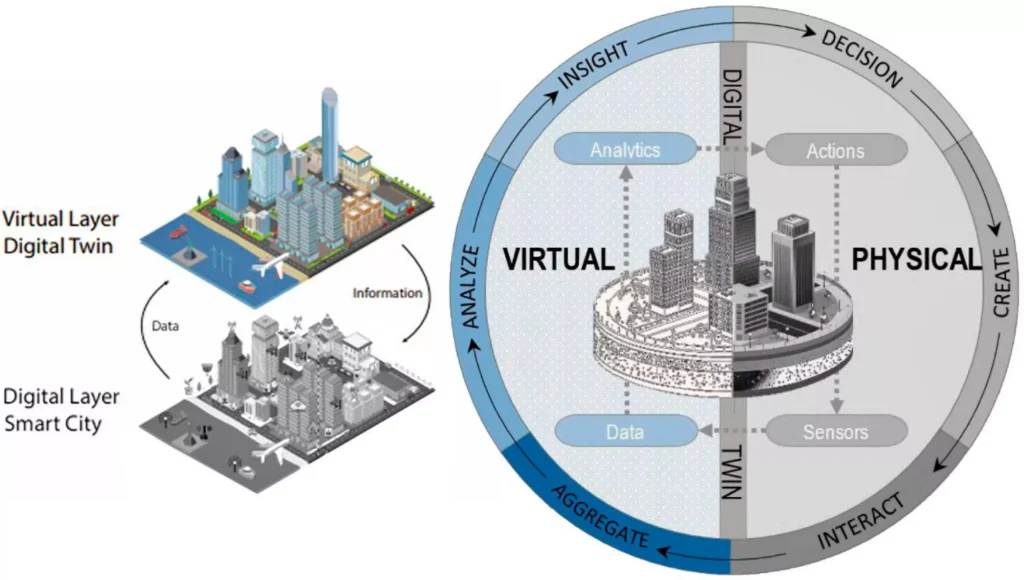
Challenges and Future Directions: Scalability, Interoperability, and Energy Efficiency
The transformative integration of AI and Blockchain has its own set of challenges. The evolving cities have raising concern regarding the environmental footprint of digital resilience solutions. To address these issues, development of more energy efficient algorithms, solidarity protocols and hardware infrastructure is needed. The adoption of open standards, APIs, and cross-platform coordination mechanisms is a necessity for the integration of technologies.
Scalability refers to a system’s capacity to manage increasing workloads. In this context, it signifies the blockchain platforms that face difficulty processing the high volume and rapid speed of data which is generated in urban environments. Thus, there is a need for explainable AI for opaque decision-making processes that undermine stakeholder trust. This process of transparency and machine learning governance is essential to ensure understandability, actions to be taken and accountability of outputs.
Further researches should focus on developing integrated and energy-efficient AI-blockchain solutions tailored to the unique needs of urban climate adaptation. Hence, a collaborative approach can determine full potential of digital resilience.
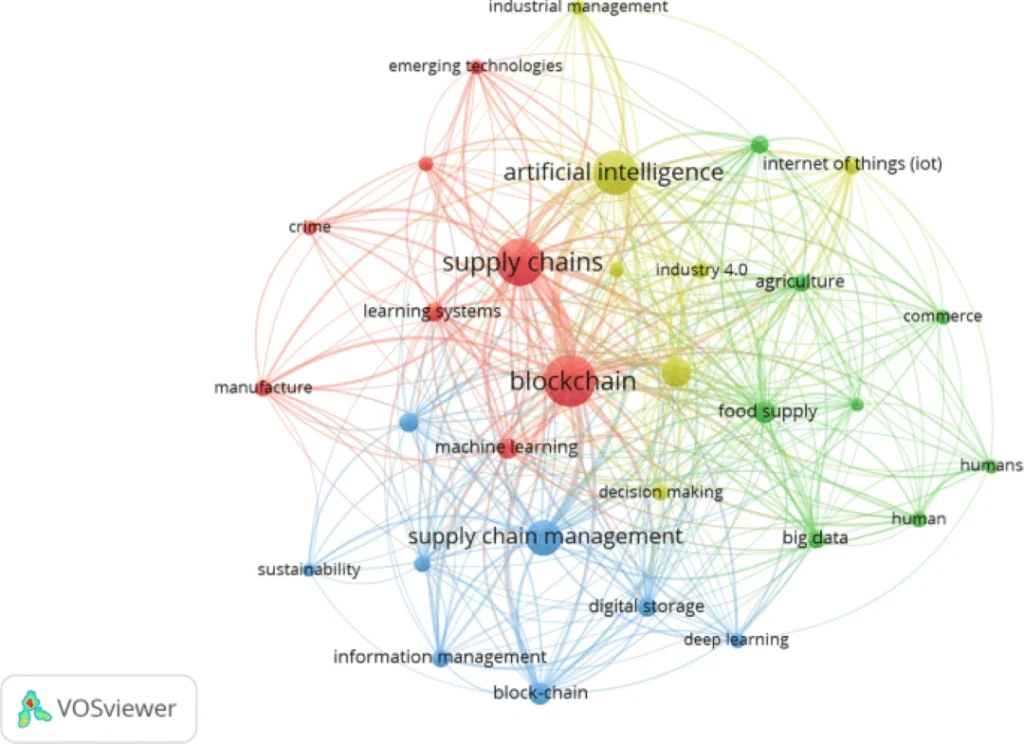
Policy Recommendations and Roadmap for Implementation
A set of comprehensive policy and an implementation roadmap are crucial for integration of AI and Blockchain in urban climate adaptation. Initiatives such as pilot projects, public-private partnerships and cross-sectoral collaboration can foster innovative environment for the policymakers. Capacity building is essential for stakeholders to possess knowledge and skills necessary to participate in the benefits of AI – Blockchain solutions. The adoption of energy-efficient algorithms and hardware impacts the digital infrastructure.
Lastly, to enhance the legitimacy and effectiveness of resilience the participatory governance should be institutionalized by leveraging decentralized platforms, implementation and monitoring climate adaptation initiatives. This strategic framework synthesizes the insights from research, practice and policy, building a roadmap which synergizes potentials of AI and Blockchain. The successful implementation of these recommendations will require sustained commitment, collaboration and adaptive learning across all levels of urban governance.
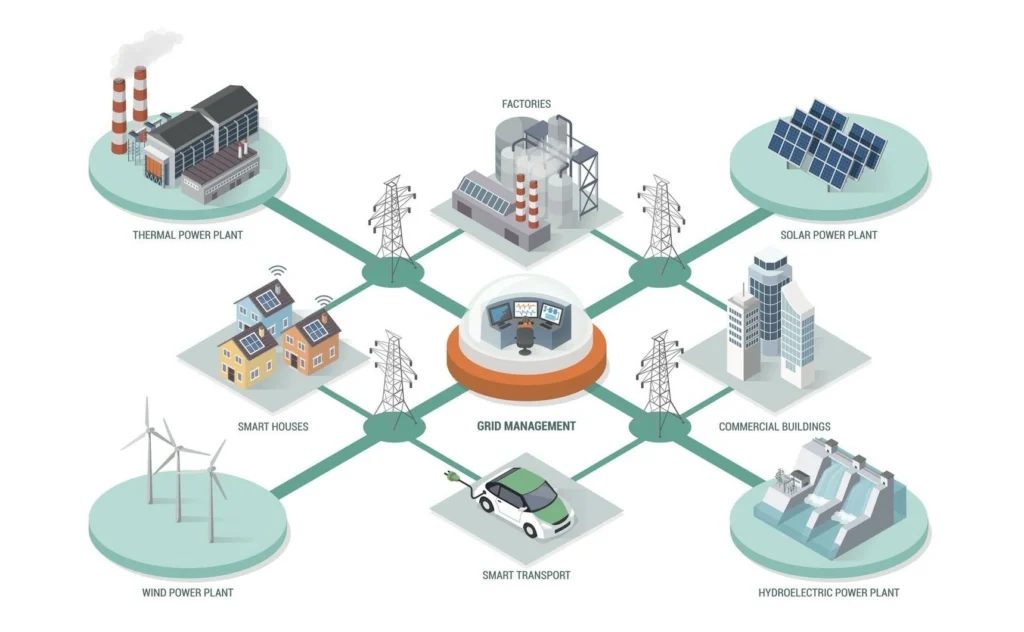
Conclusion
The integration of multi objective AI and Blockchain has proven to be an effective and efficient tool in navigating through the escalating climate threats. Developing more resilient cities demands adaptive governance framework with the support of technological innovations. This research demonstrates how technology integration can immune the cities to become proactive and data-driven in stewardship for resilient urban ecosystems.
The digital twins and predictive modeling state their importance as collaborative platforms, which is well exemplified in the case of Singapore’s flood management initiatives.
Thus, participatory governance, interoperability standards and ethical guardrails are a redefinition of resilience for the AI – Blockchain Integration, as a collective civic ethos rather than a technical endpoint.
References
- Zhou, W., & Wang, Y. (2024). AI and climate resilience governance: Opportunities and challenges. Science of The Total Environment, 918
- Kumar, S., & Singh, R. (2023). A blockchain AI solution to climate change. International Journal of Scientific Research and Applications, 13(2), 45–58
- National Institute of Urban Affairs. (2024). Pathways for mainstreaming urban climate actions: A policy report. Smart Cities Mission, Ministry of Housing and Urban Affairs, Government of India.
- Patel, A., & Li, X. (2025). Advancements and challenges of artificial intelligence in climate modeling and urban resilience. Frontiers in Artificial Intelligence, 8, 1517986
- Garcia, M., & Uddin, S. (2023). Enhancing urban resilience through AI-driven predictive analytics in smart cities. PhilArchive.
- Maity, R., & Saha, S. (2023). Assessing the potential of AI–ML in urban climate change: A review. Sustainability, 15(23), 16461

Isha Rahate
About the Author
Isha Rahate is currently pursuing a Master’s degree in Urban Design at CEPT University, Ahmedabad, following the successful completion of her Bachelor’s in Architecture. She has demonstrated a strong commitment to academic and professional development through active participation in various international design competitions. In addition to her architectural pursuits, she published a poetry book in 2023, reflecting her multidisciplinary interests and creative capabilities. Her academic background, focuses on urban design and she has experience in both design and poetry writing.
Related articles
UDL GIS
Masterclass
Gis Made Easy- Learn to Map, Analyse and Transform Urban Futures
Session Dates
15th-19th December 2025

Urban Design Lab
Be the part of our Network
Stay updated on workshops, design tools, and calls for collaboration
Curating the best graduate thesis project globally!
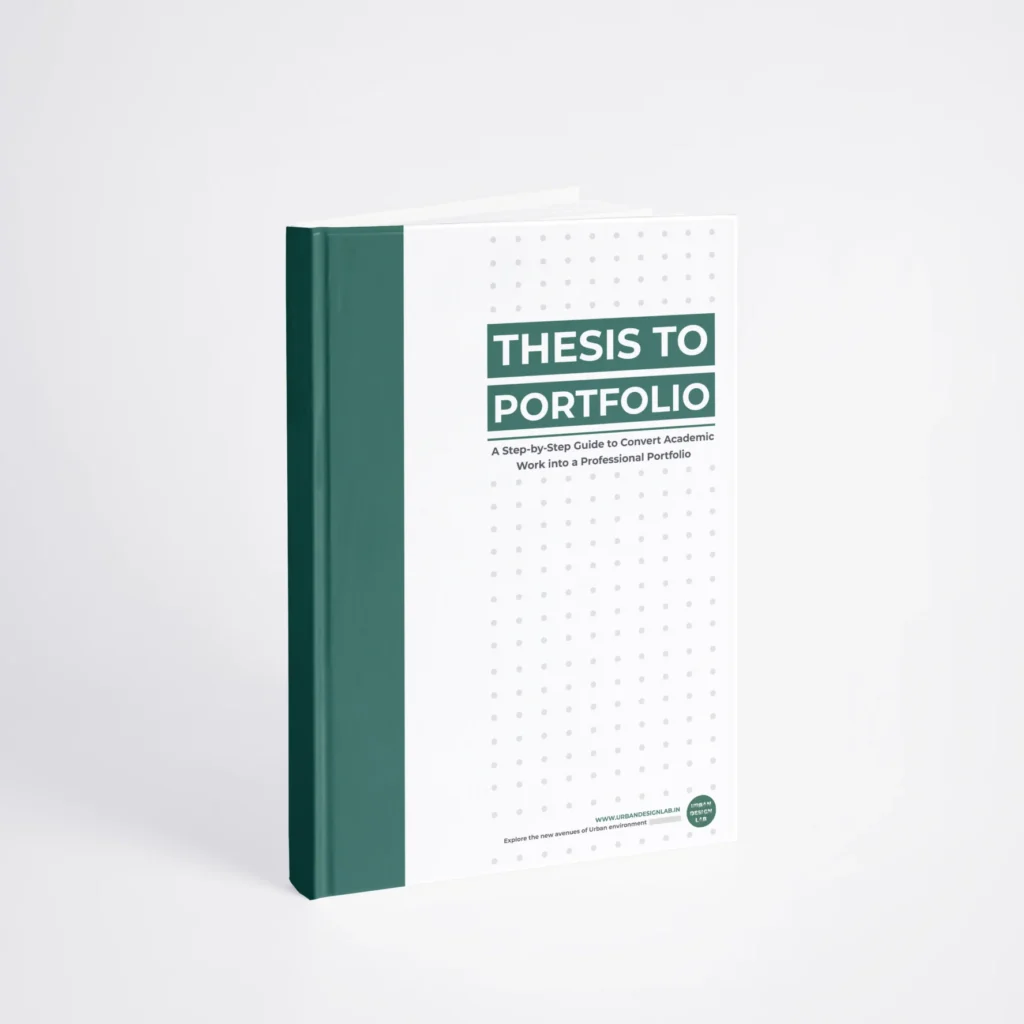
Free E-Book
From thesis to Portfolio
A Guide to Convert Academic Work into a Professional Portfolio”
Recent Posts
- Article Posted:
- Article Posted:
- Article Posted:
- Article Posted:
- Article Posted:
- Article Posted:
- Article Posted:
- Article Posted:
- Article Posted:
- Article Posted:
- Article Posted:
- Article Posted:
- Article Posted:
Sign up for our Newsletter
“Let’s explore the new avenues of Urban environment together “
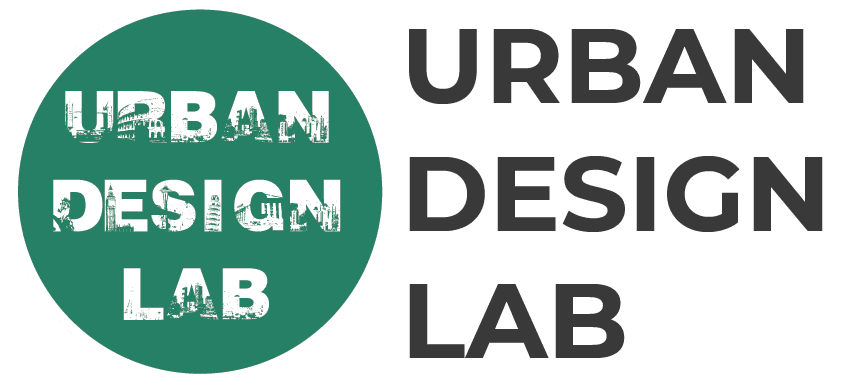
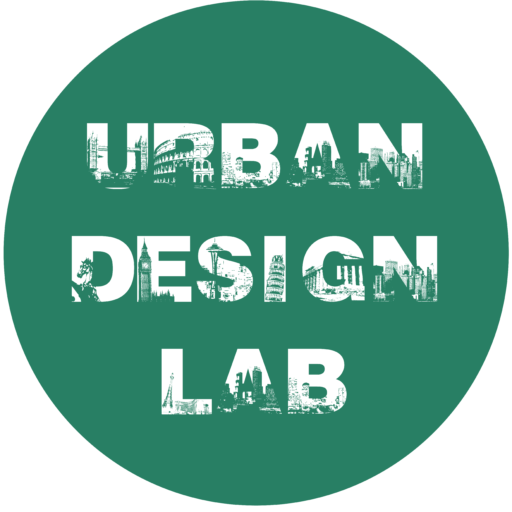
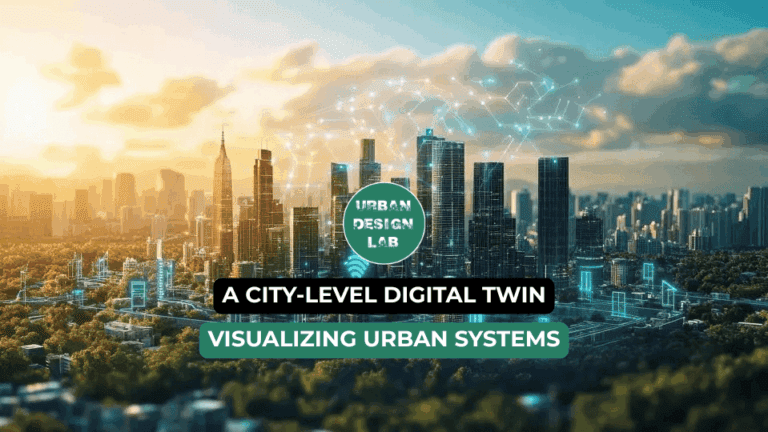
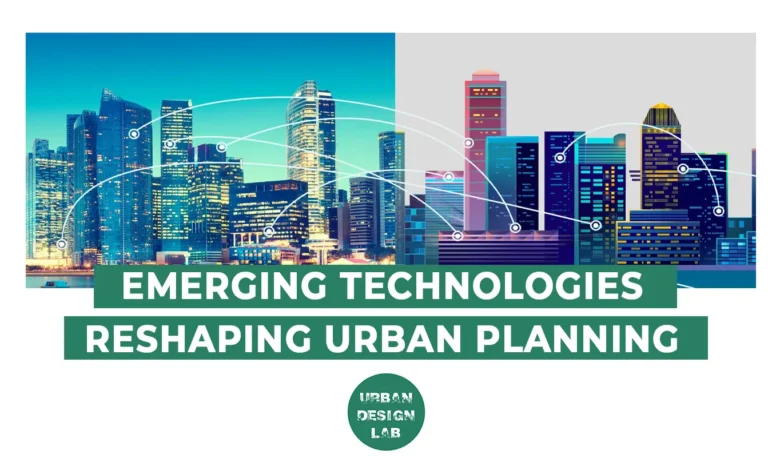
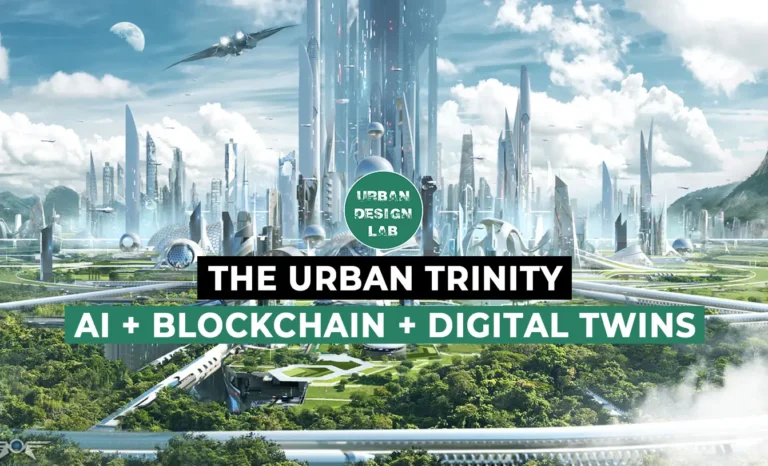
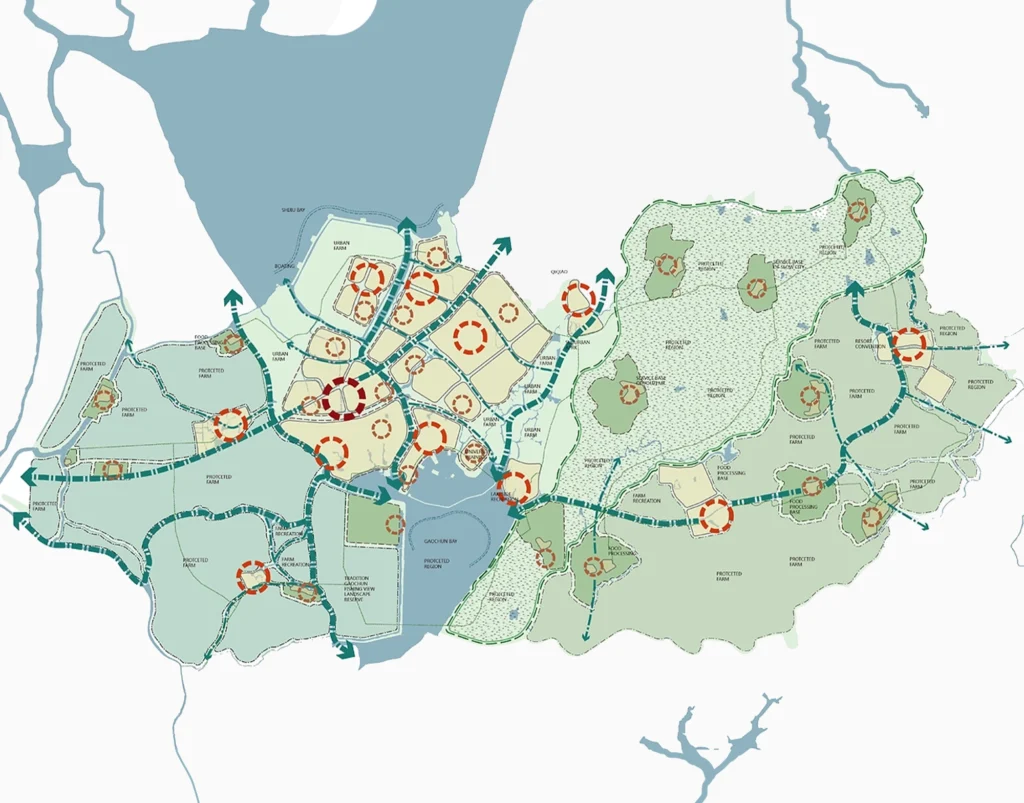
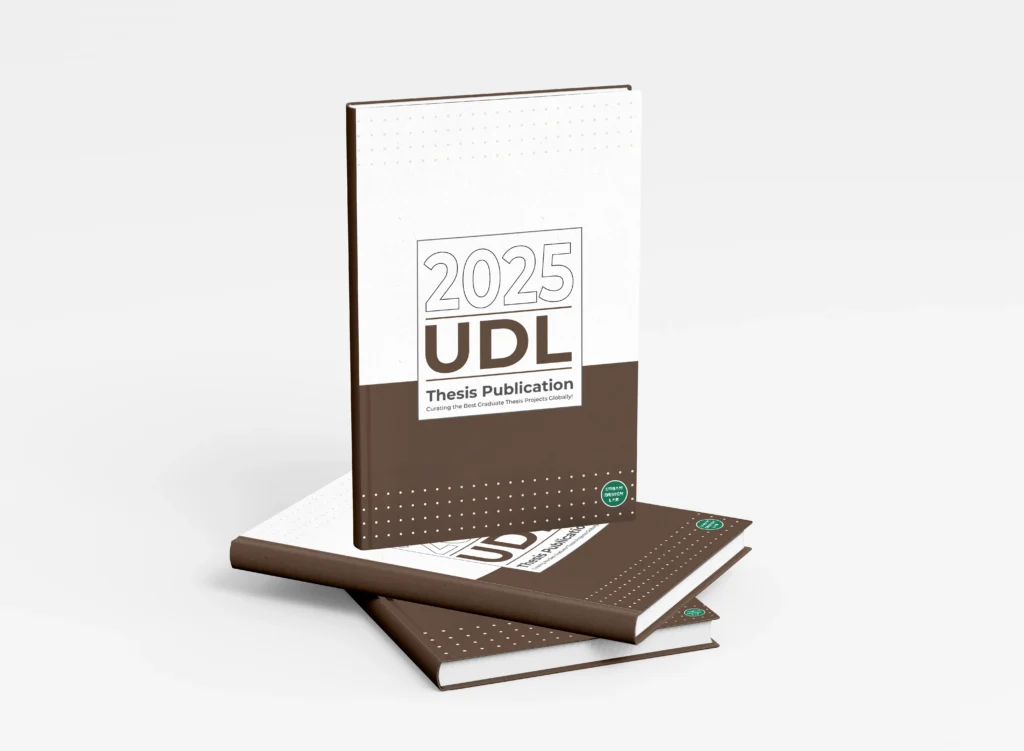

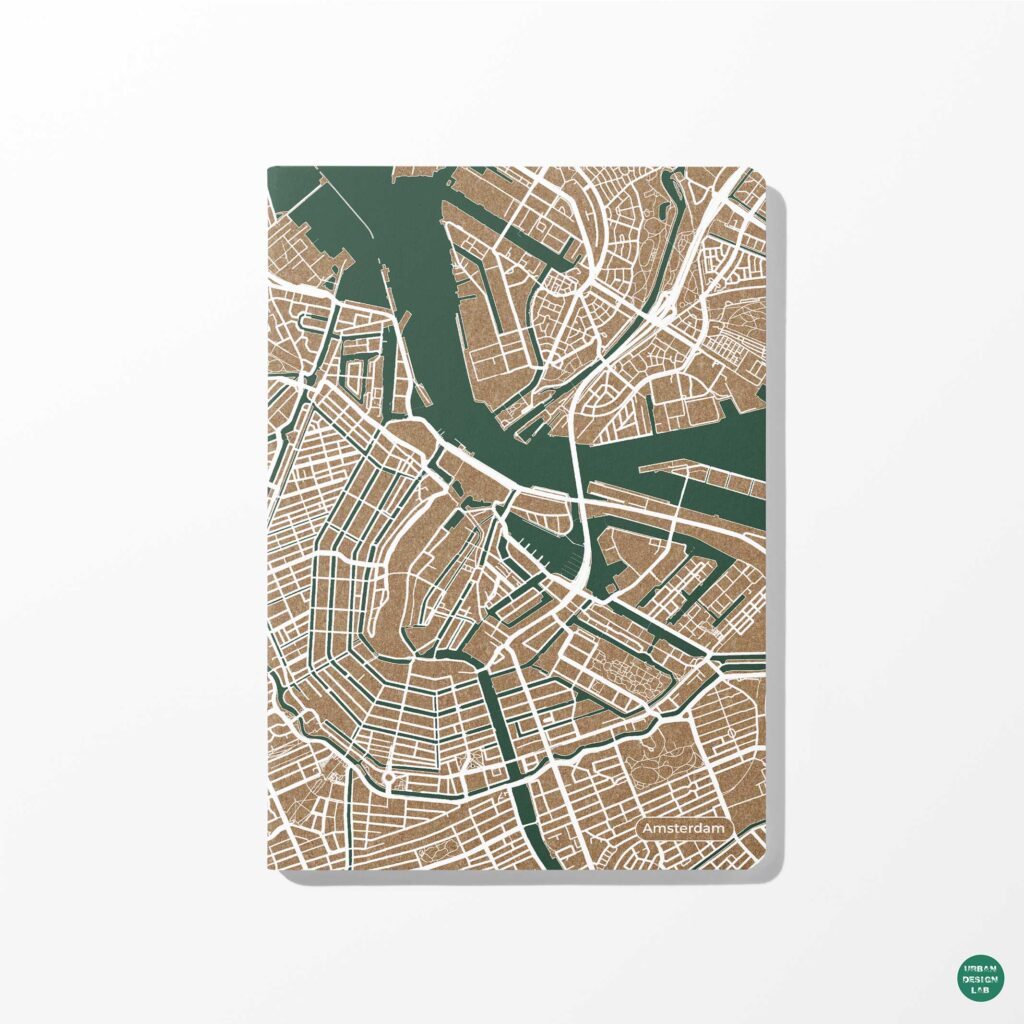
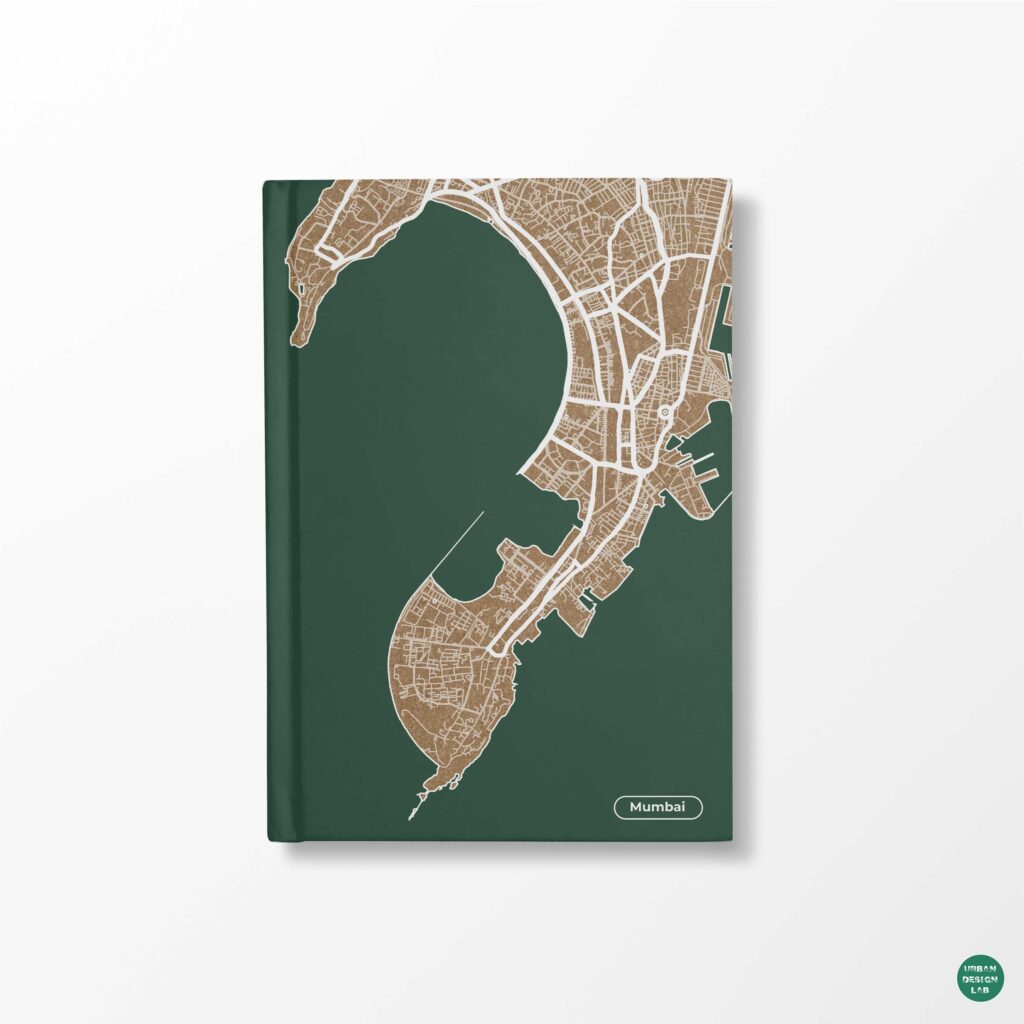


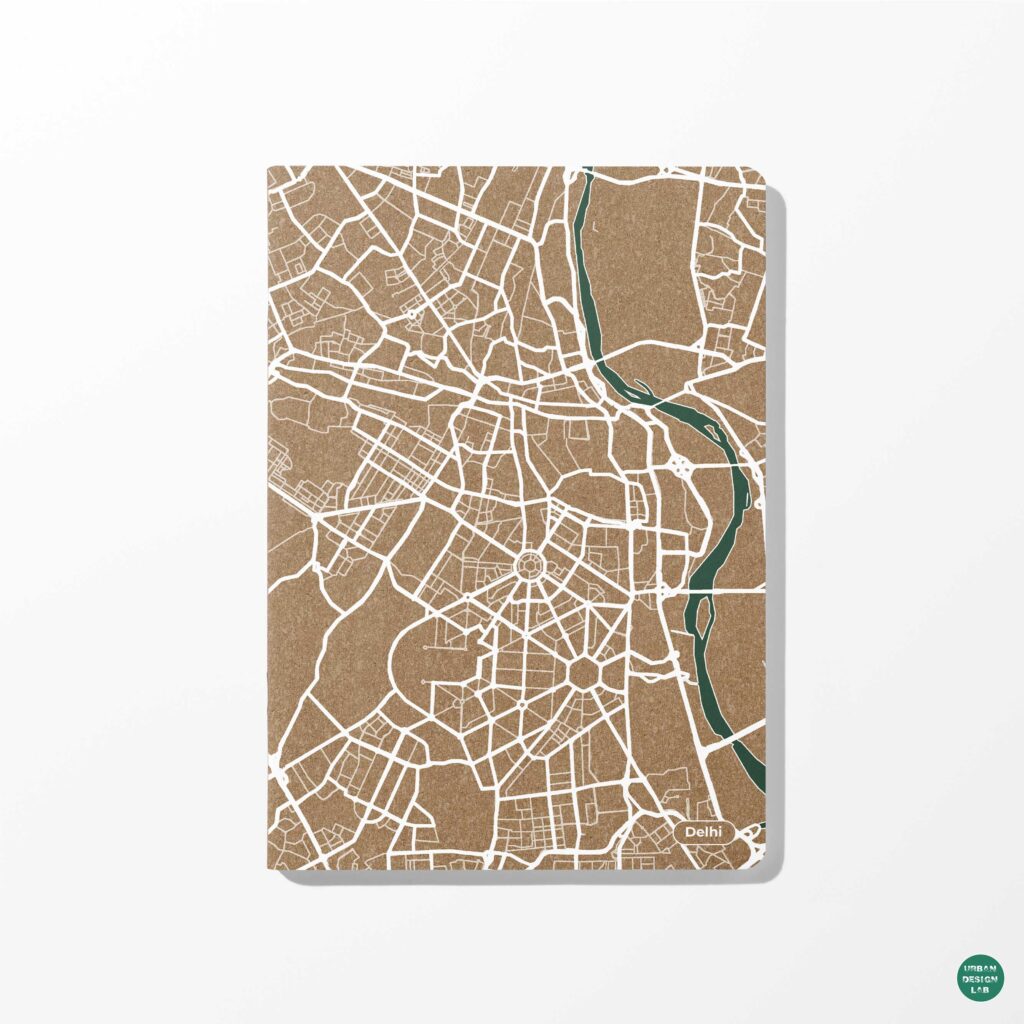
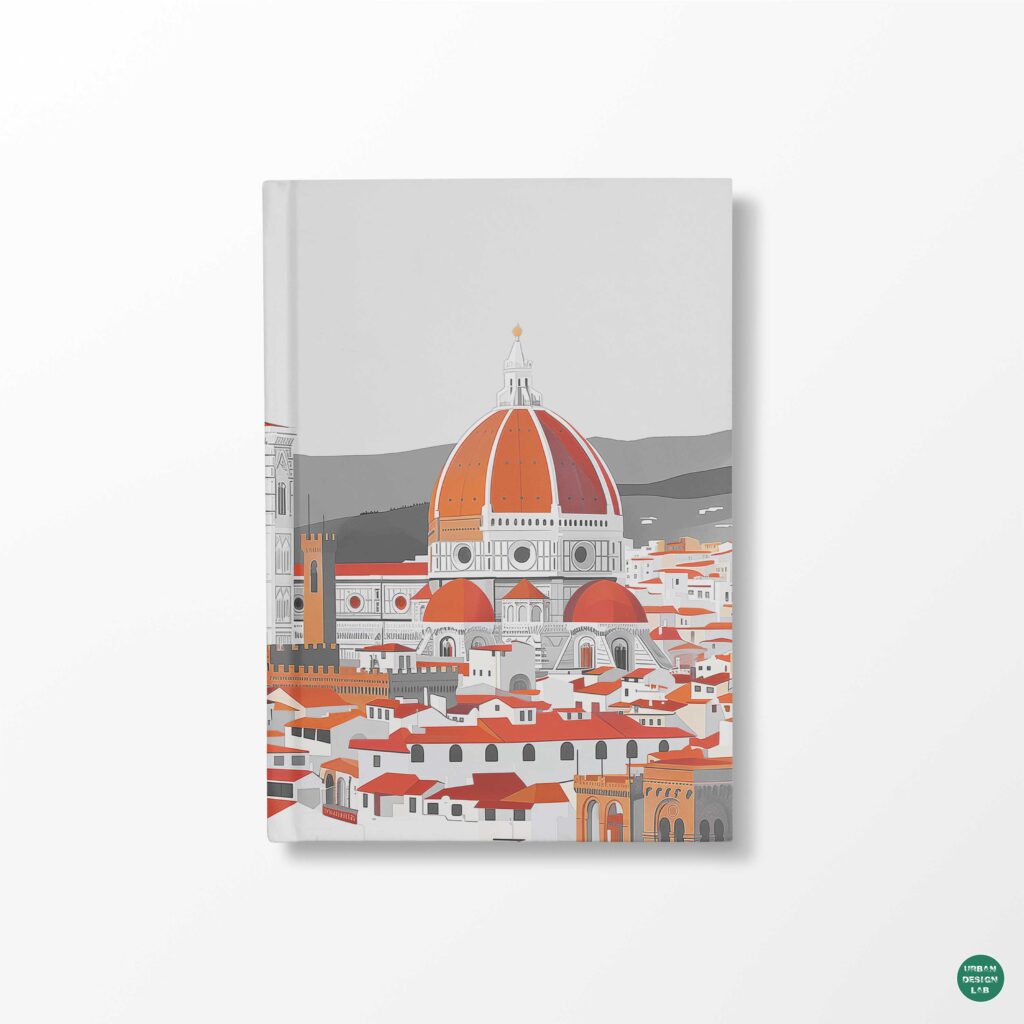
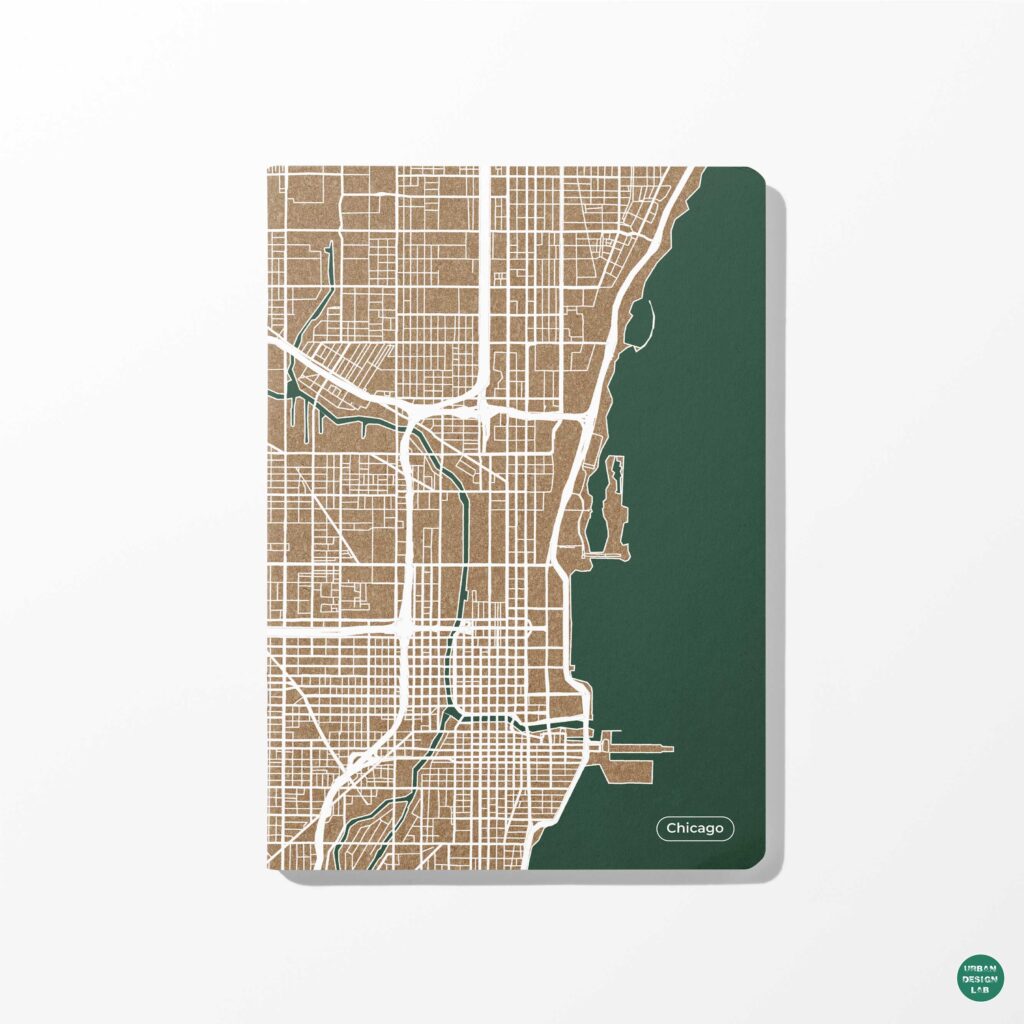
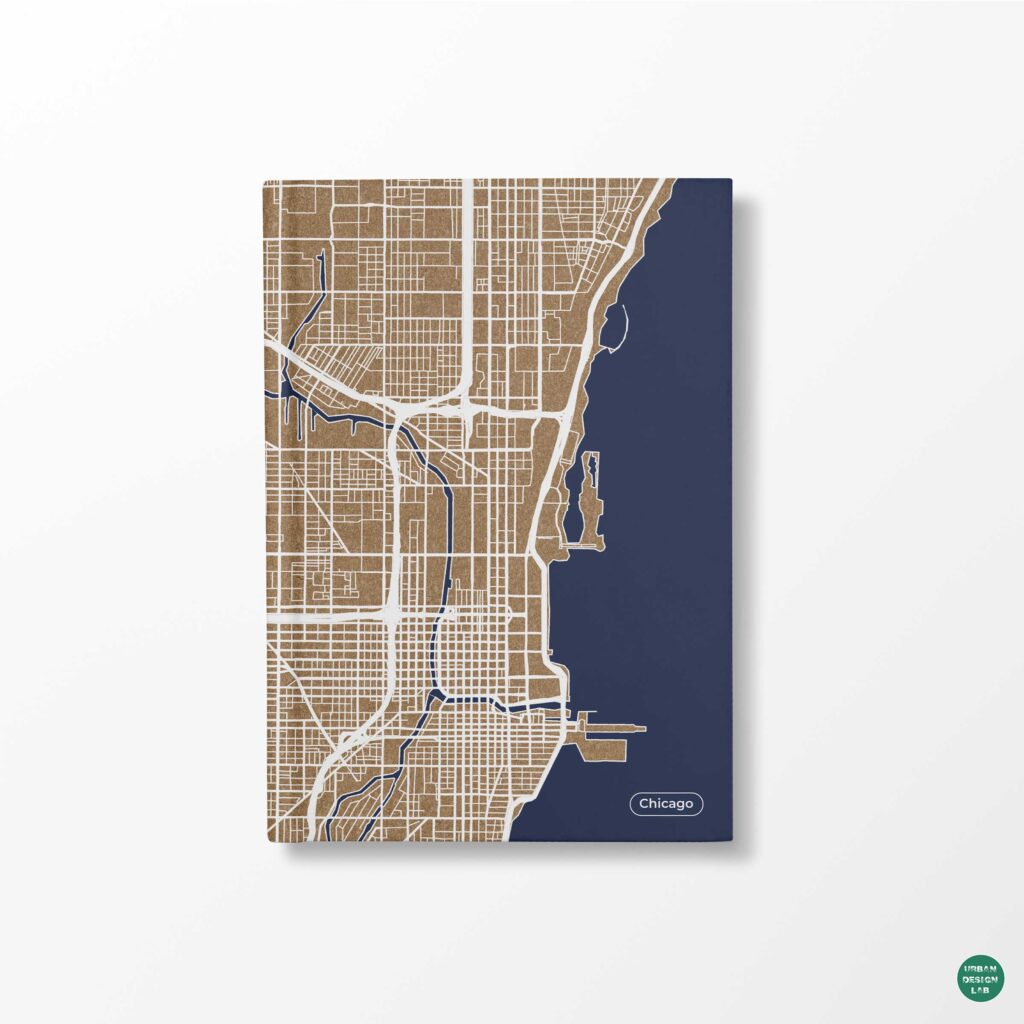
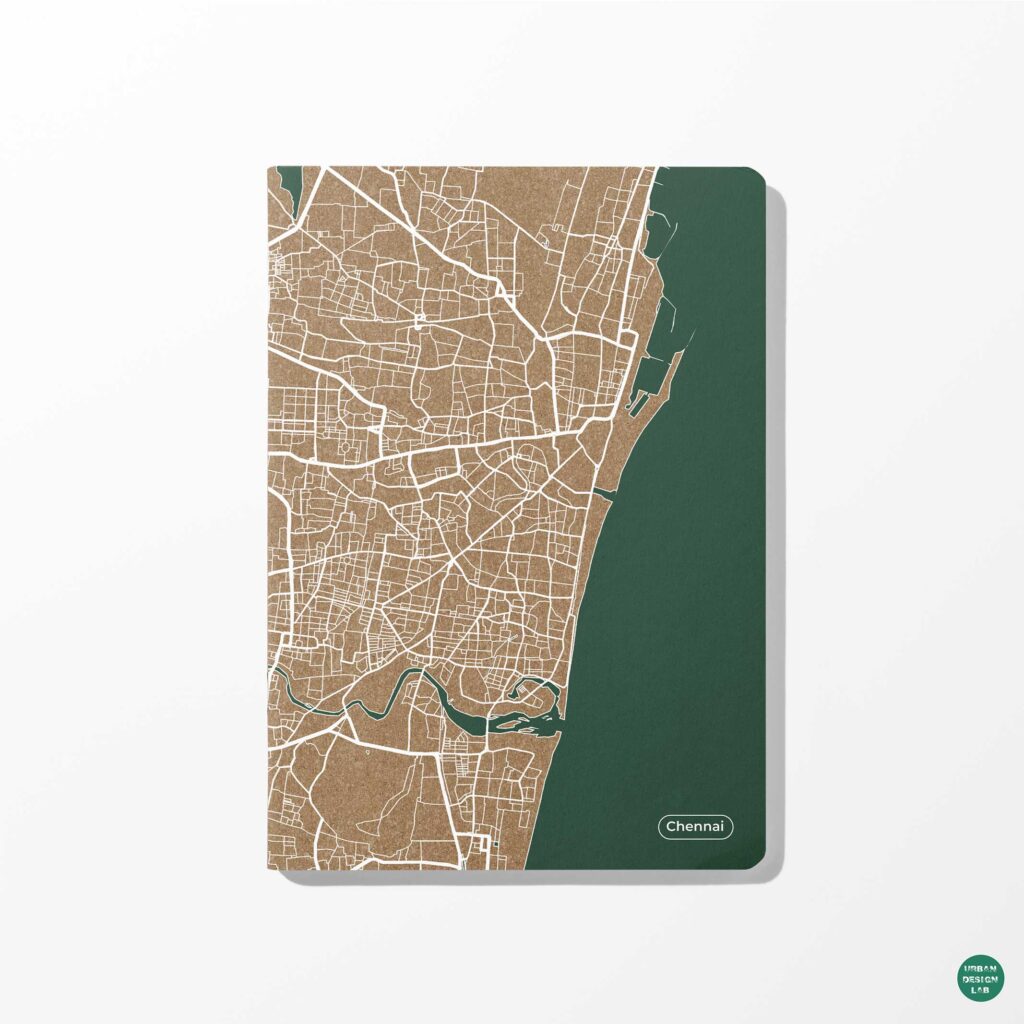
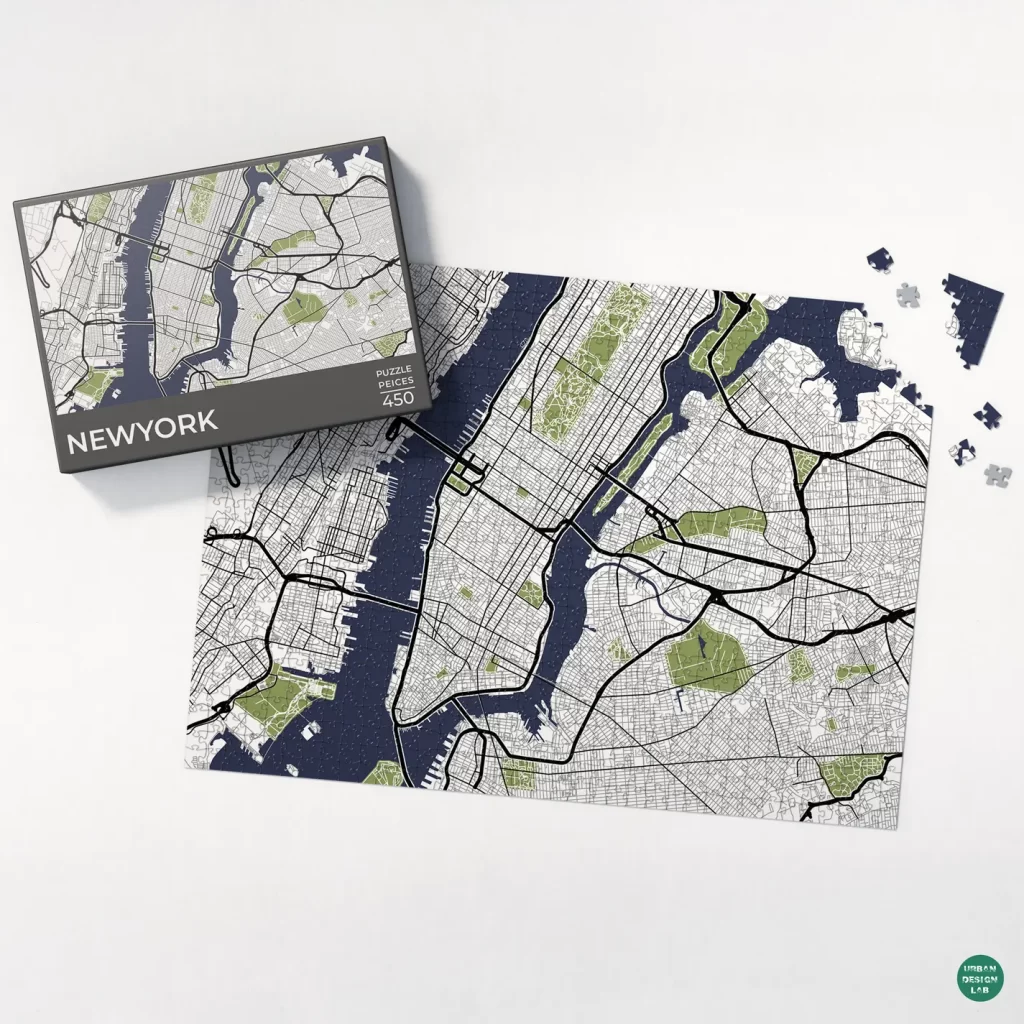
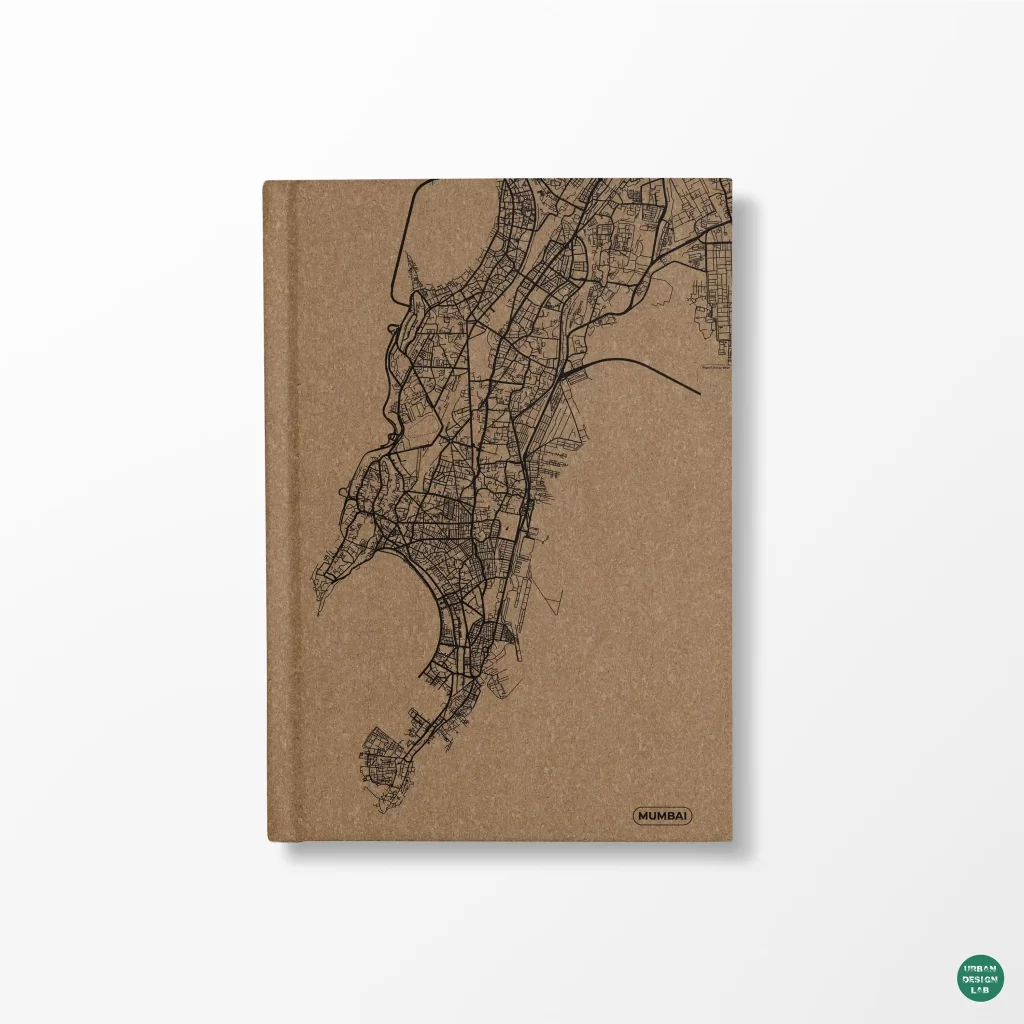
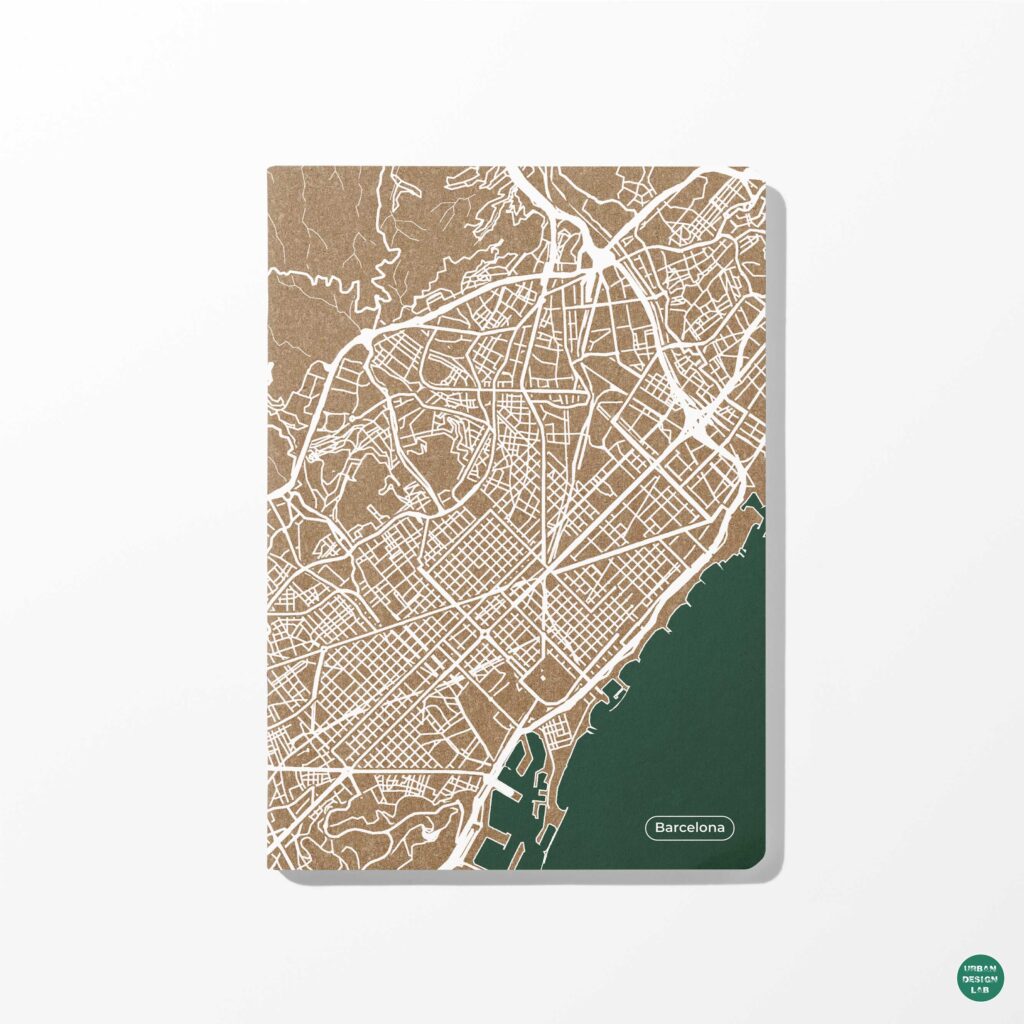
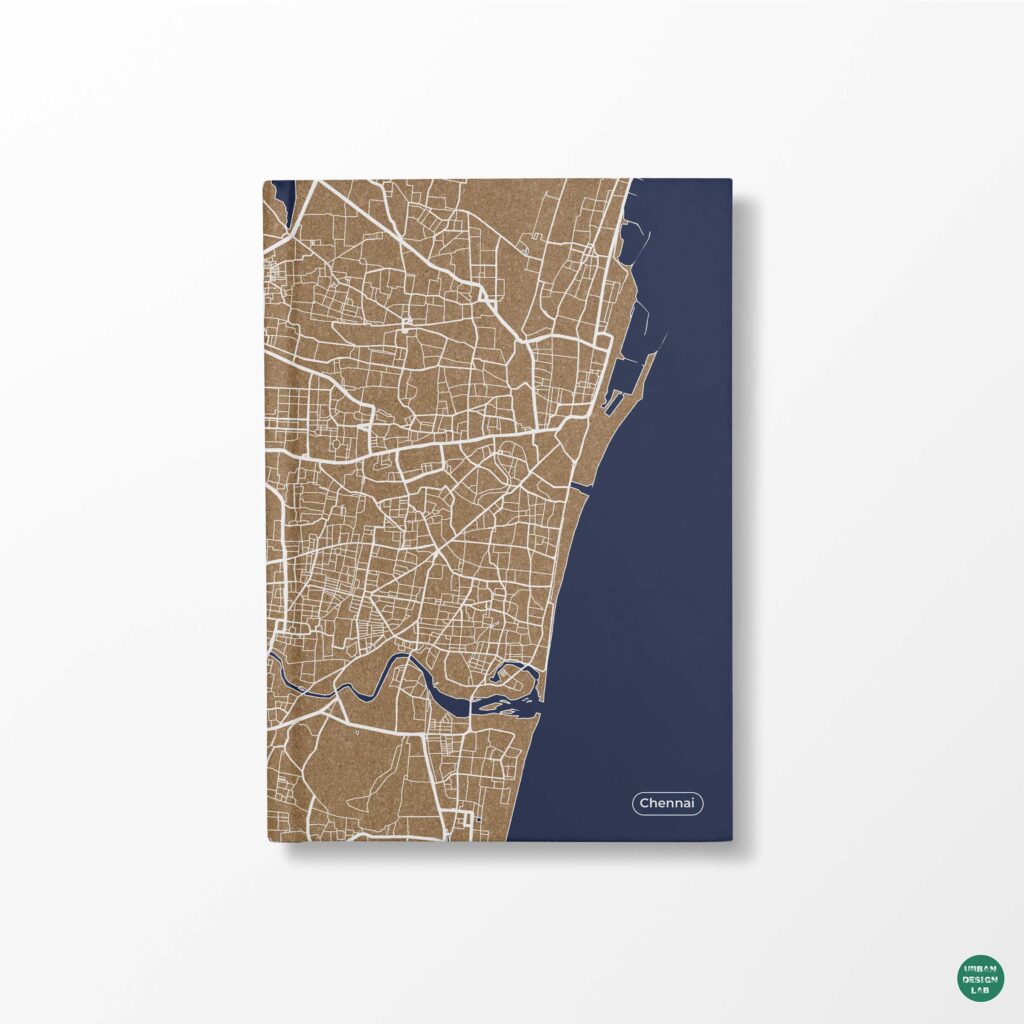
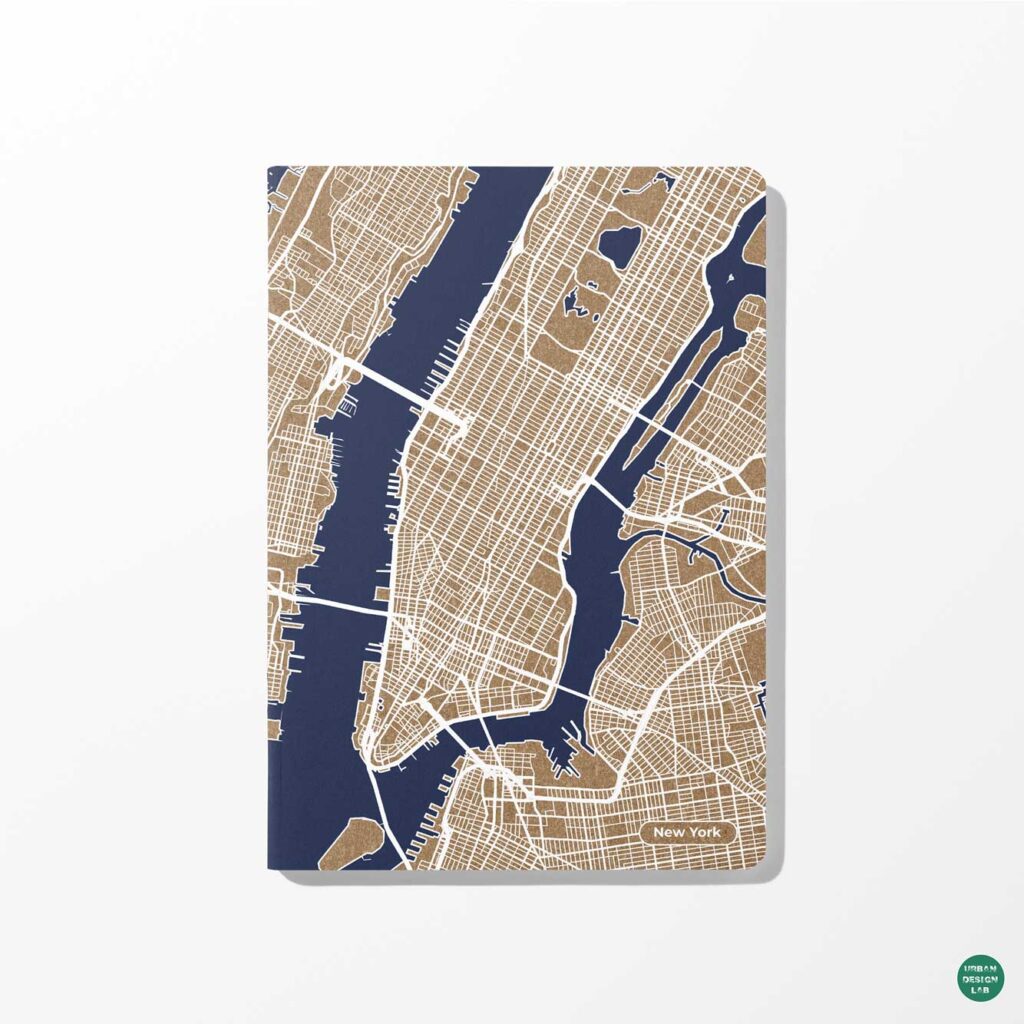

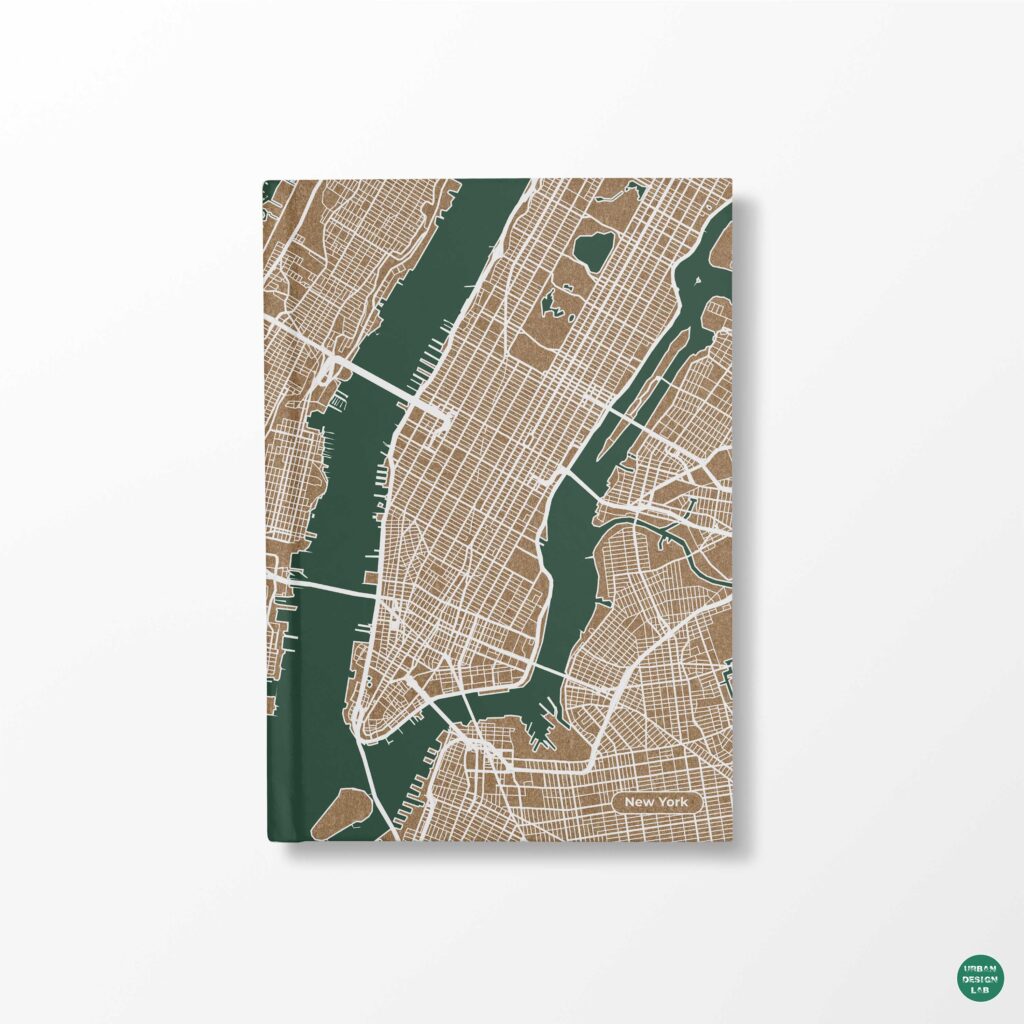
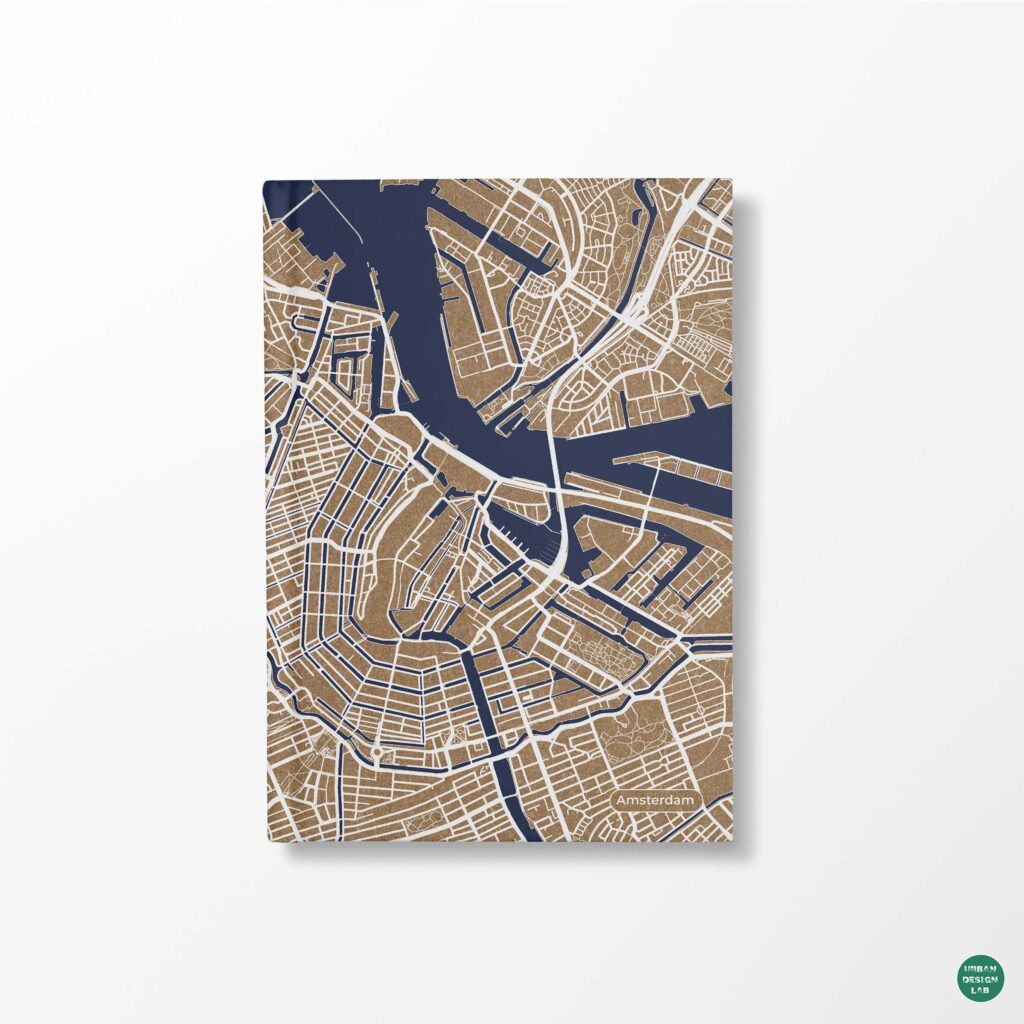
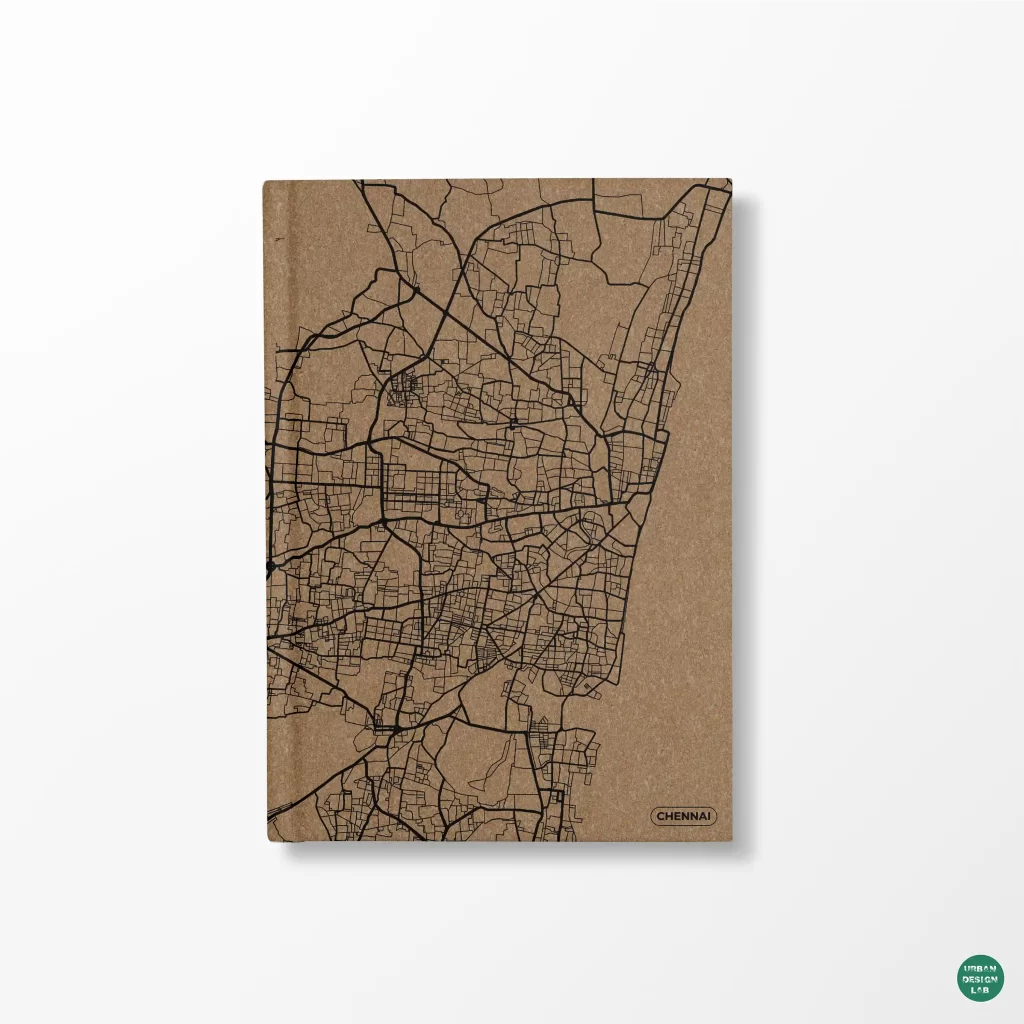


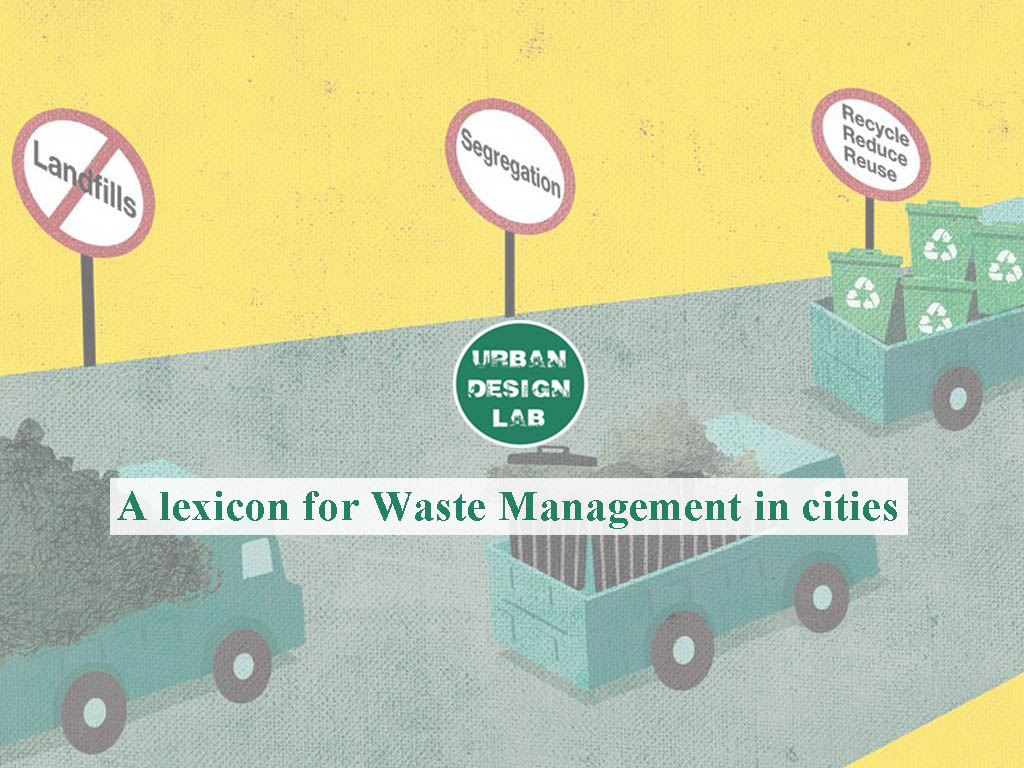
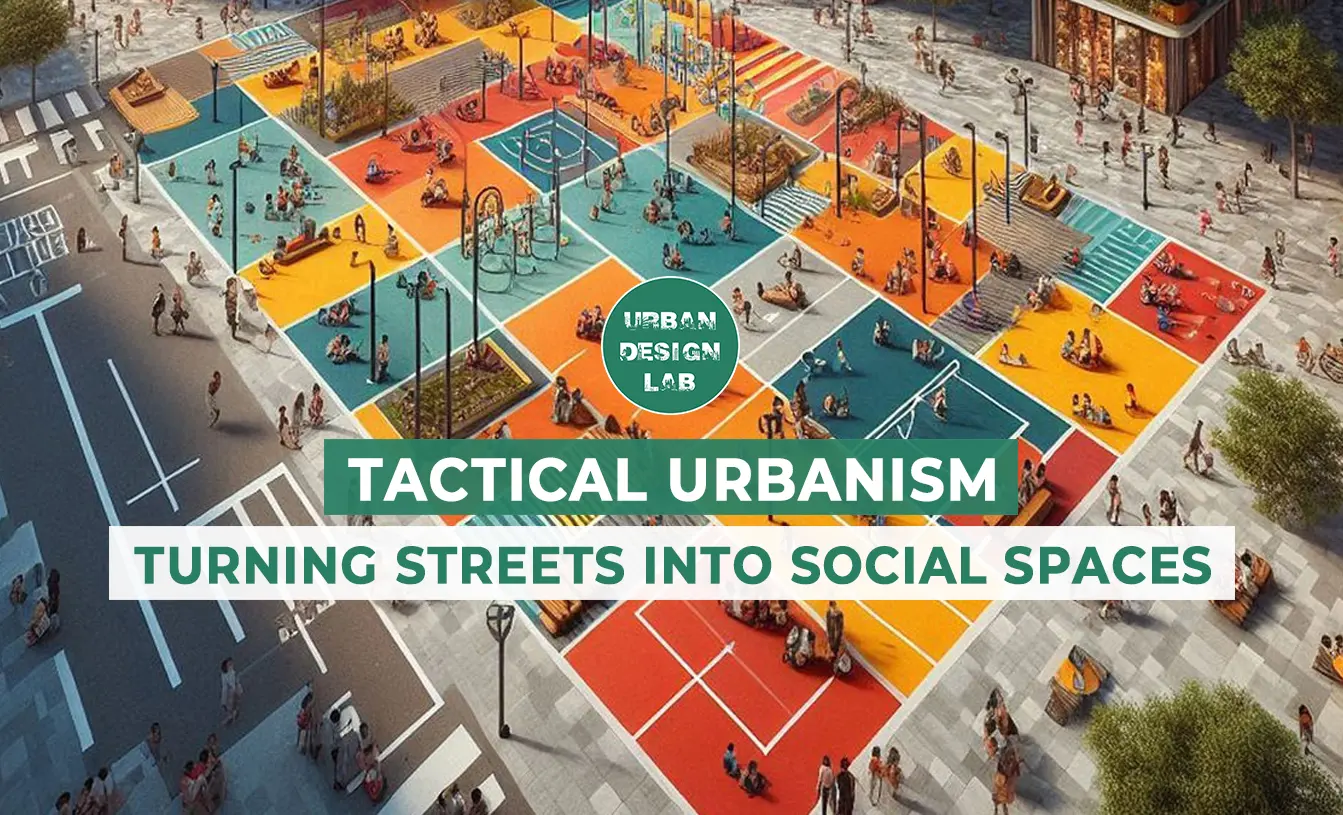
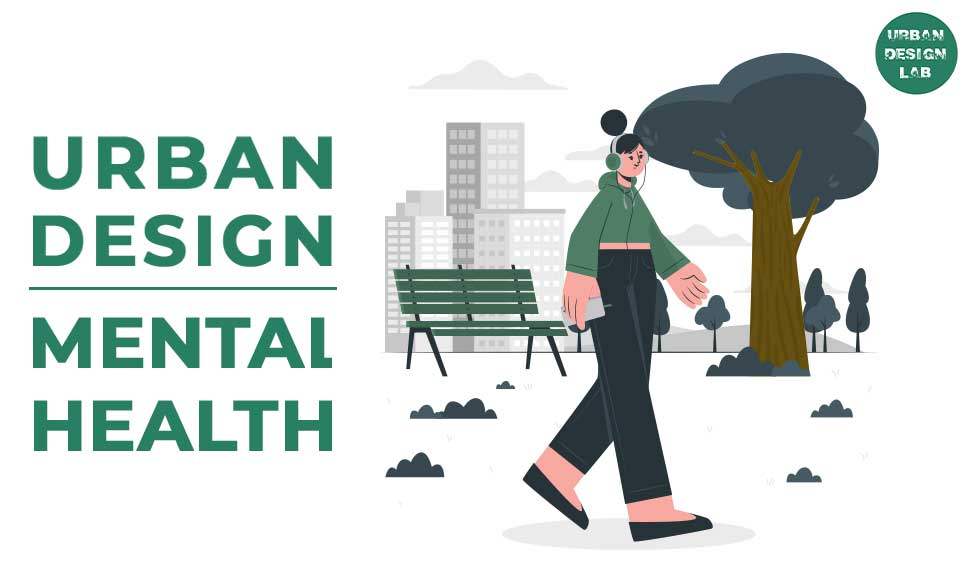

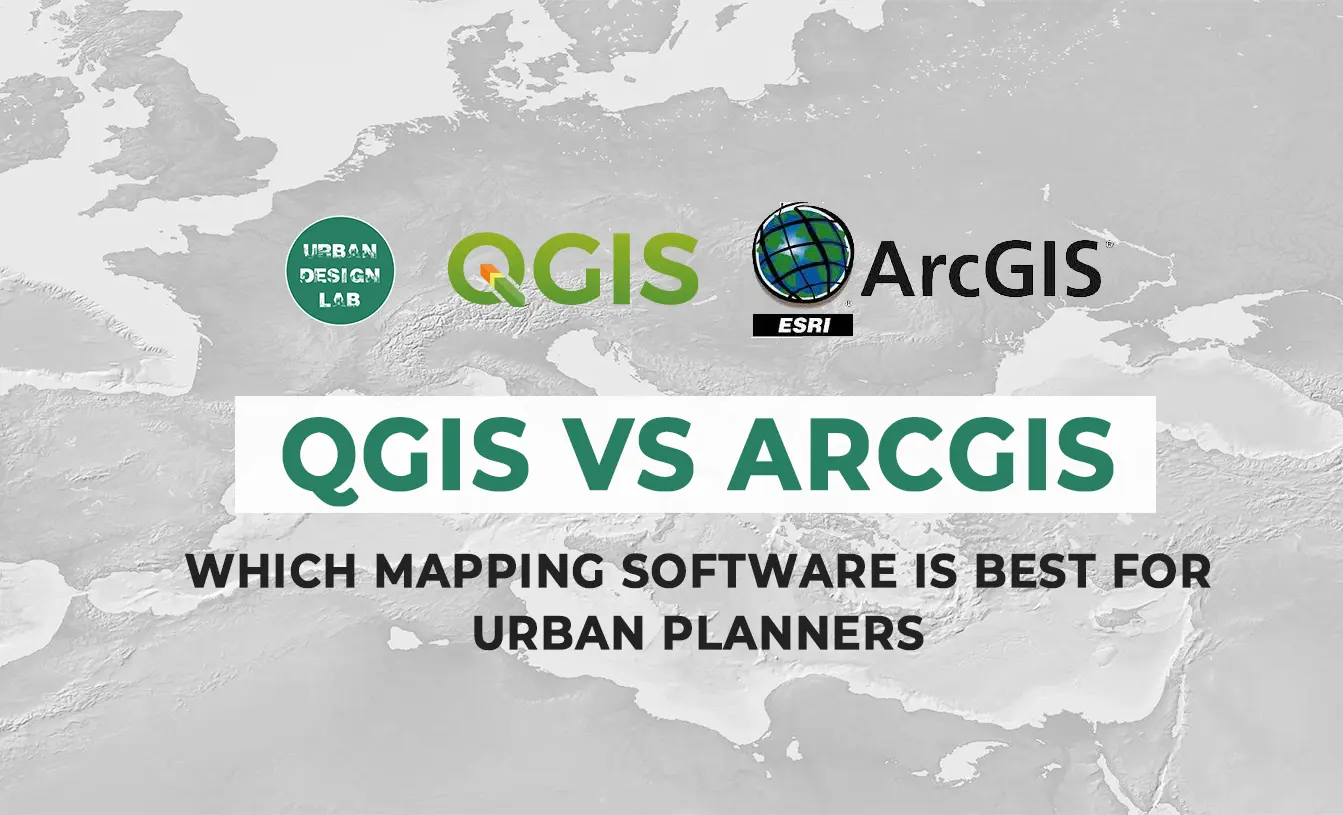
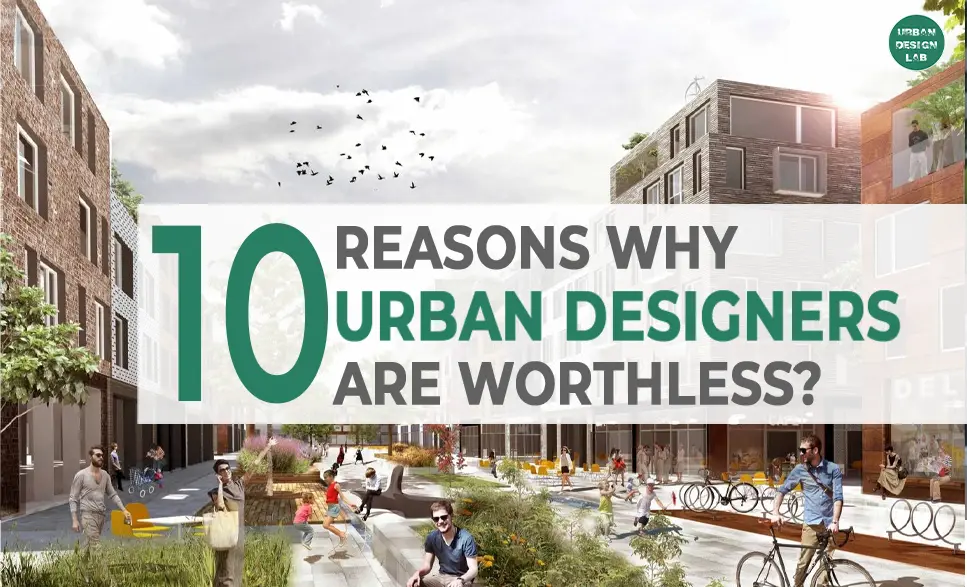



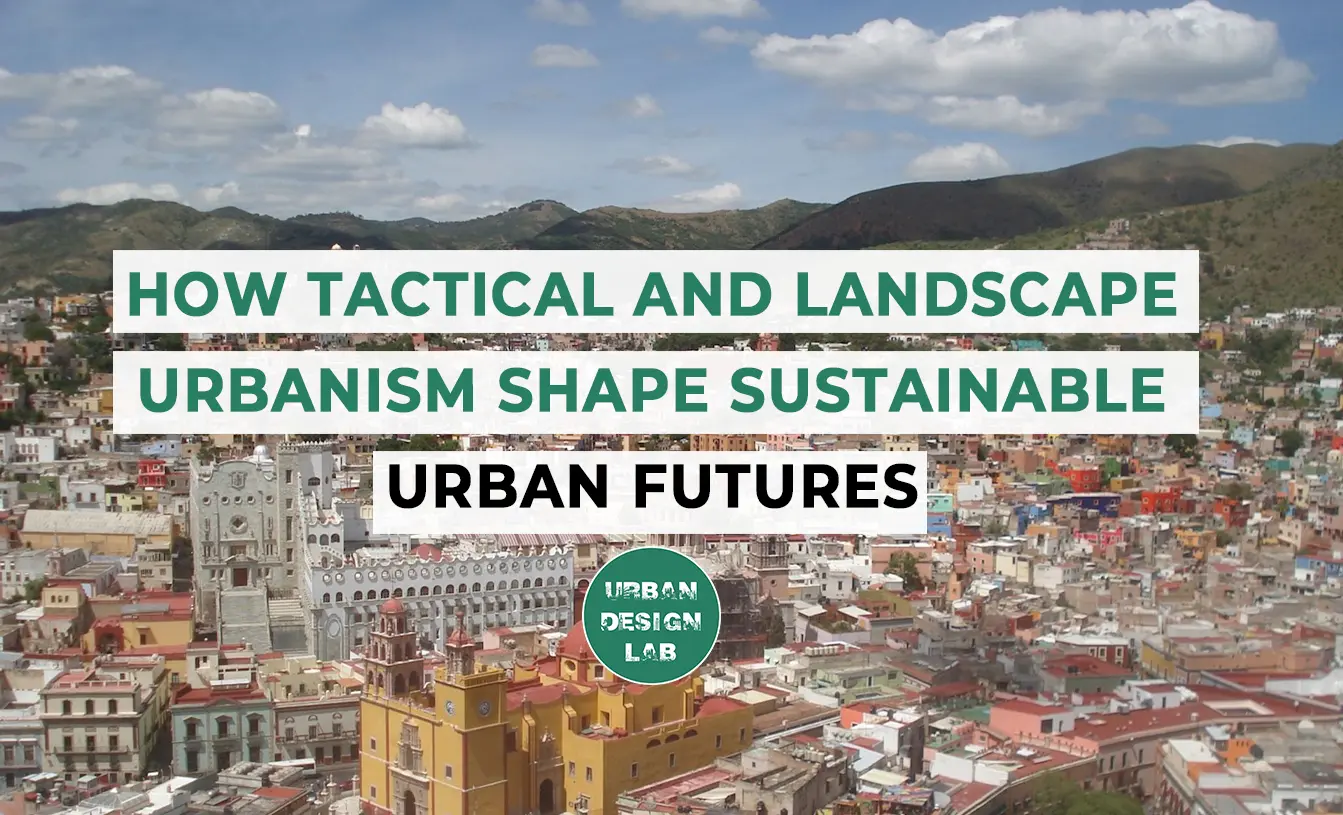
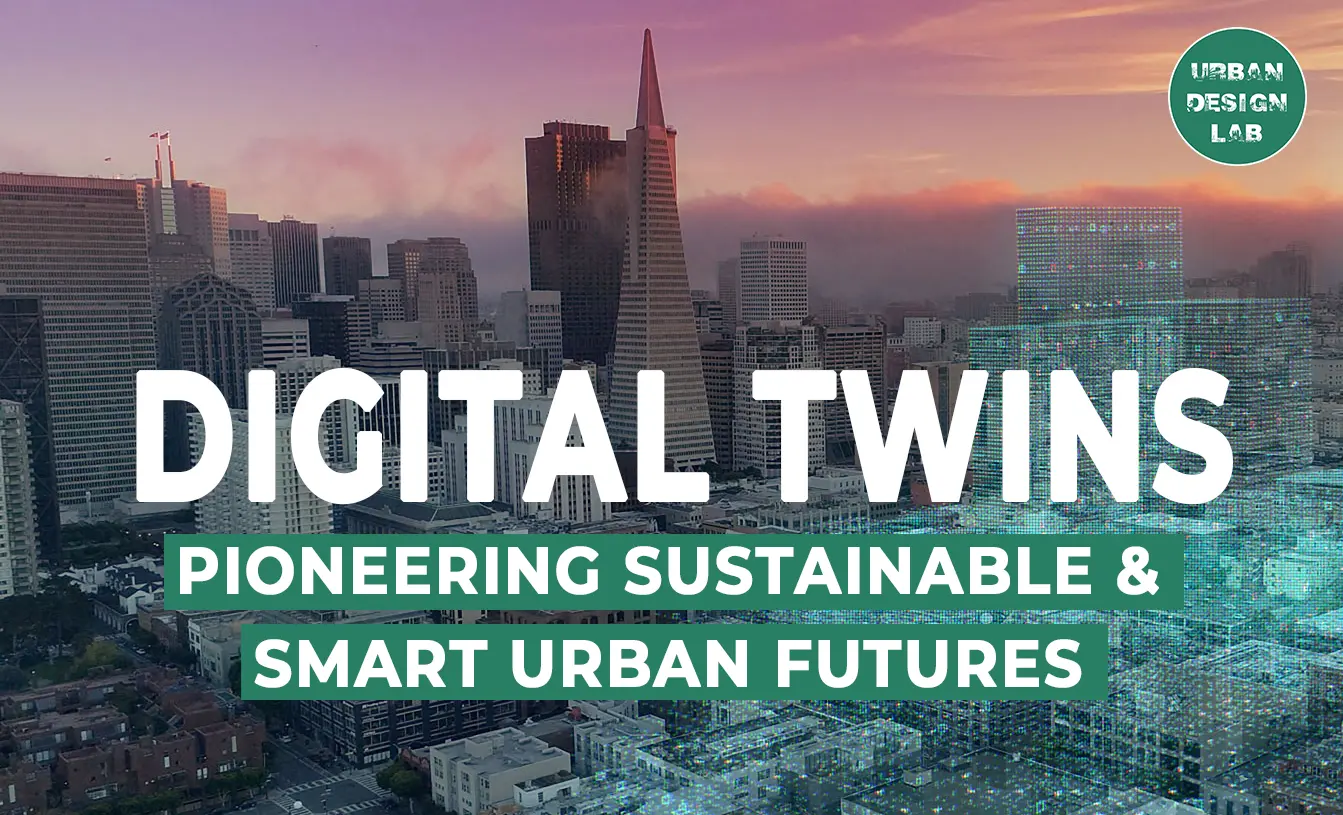
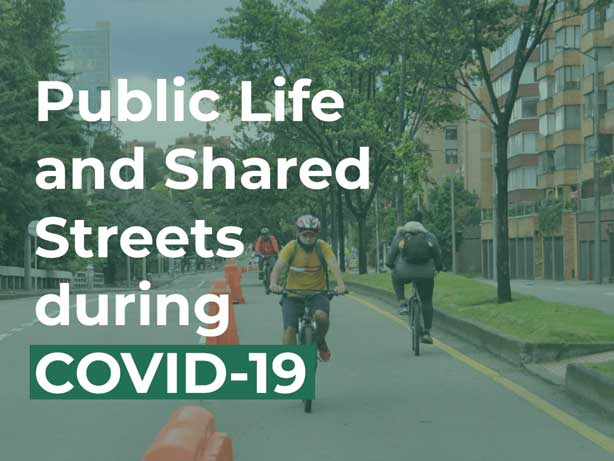
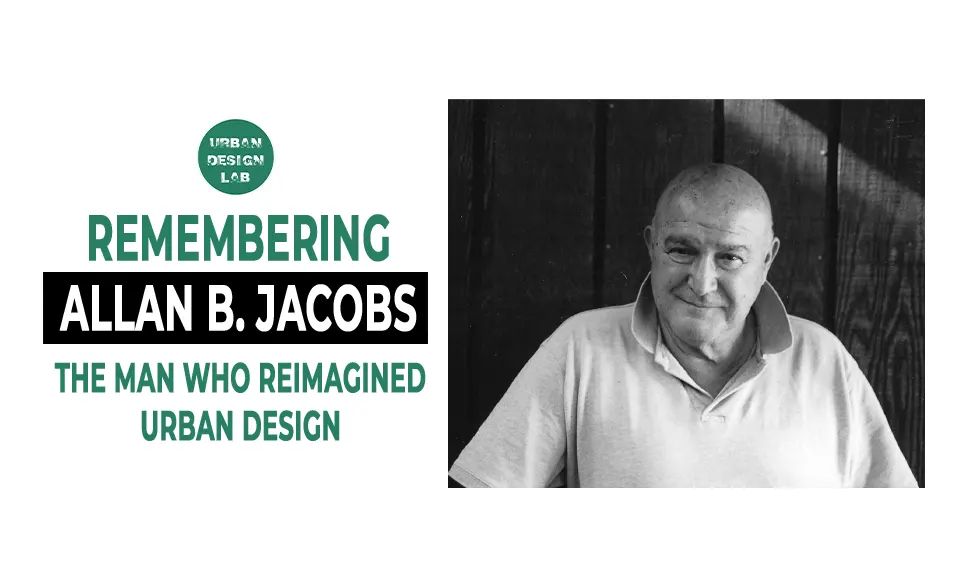


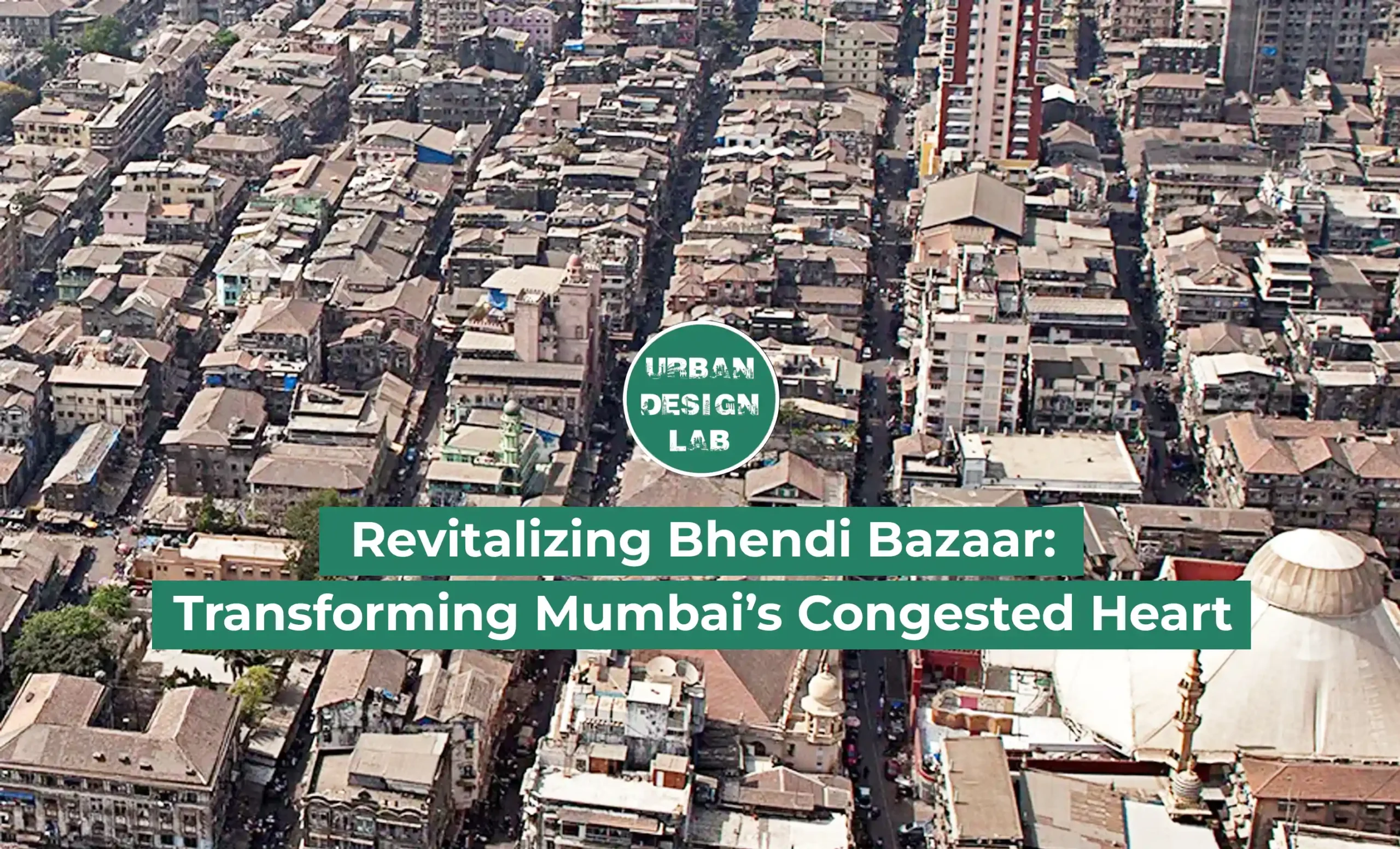
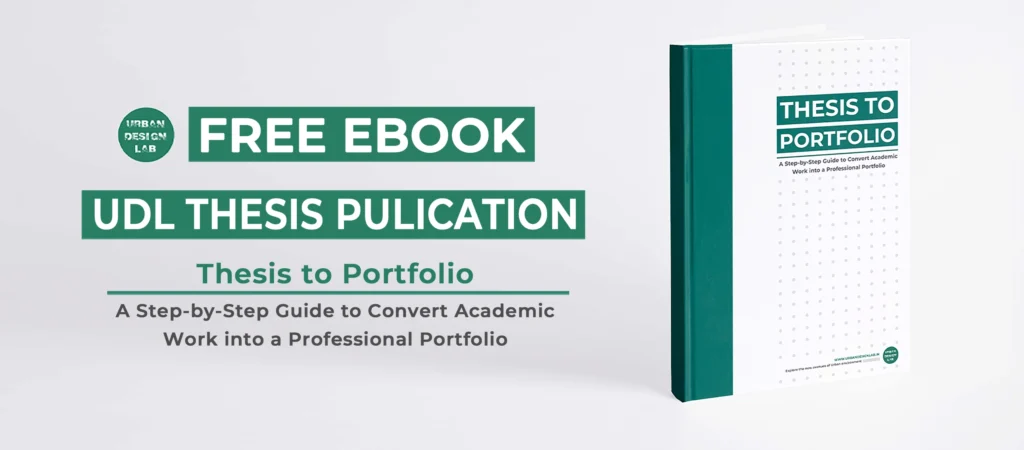
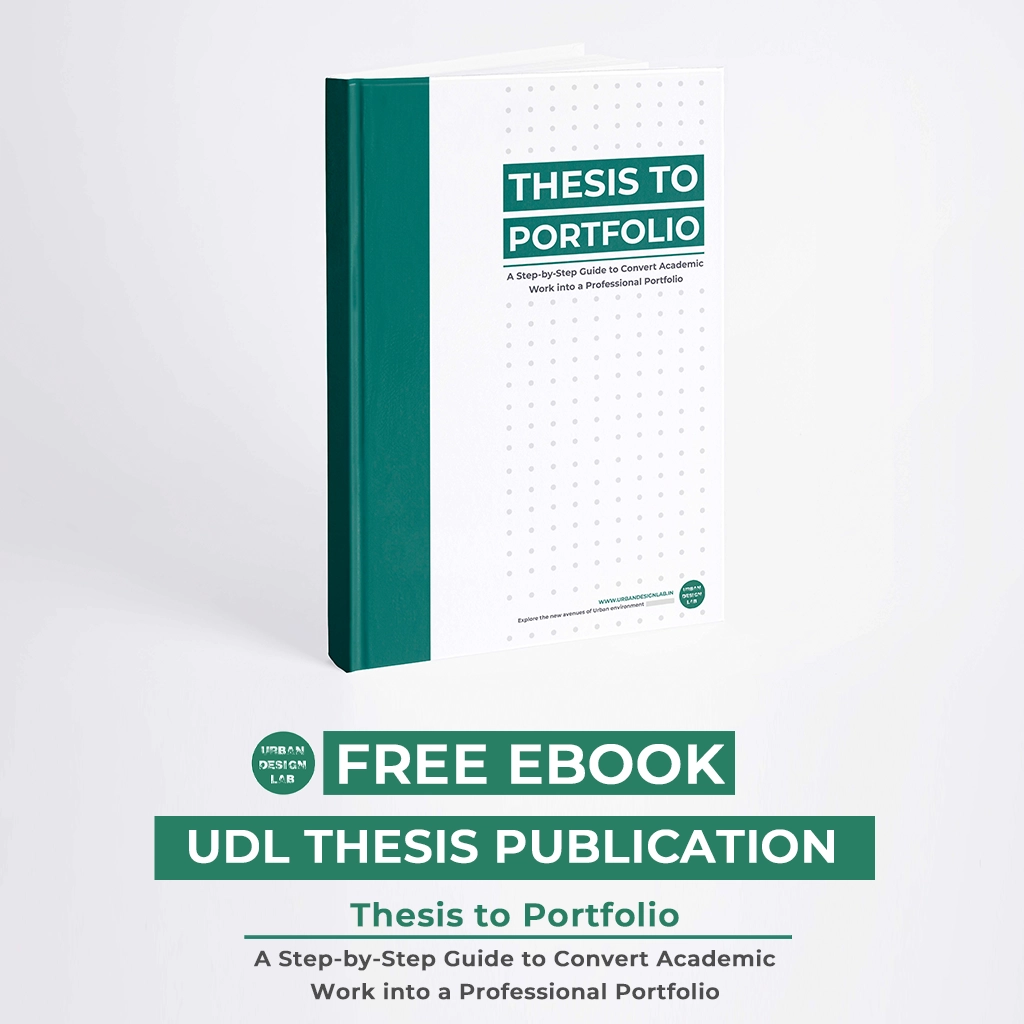
One Comment
This is really helpful !! A must read ⭐️